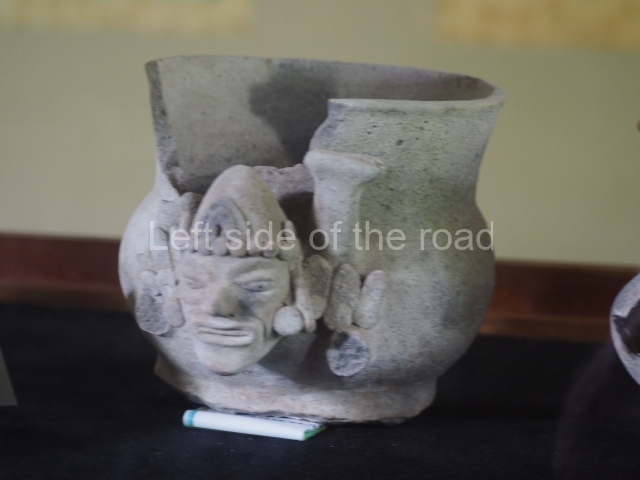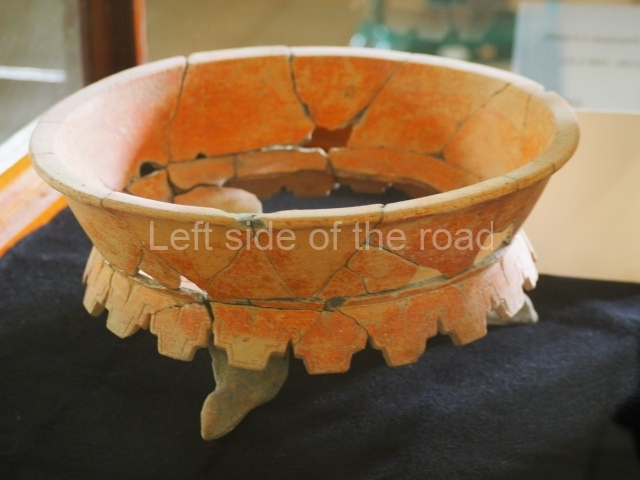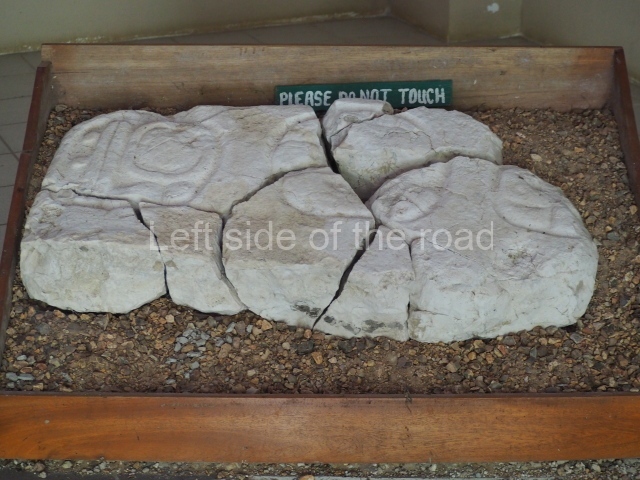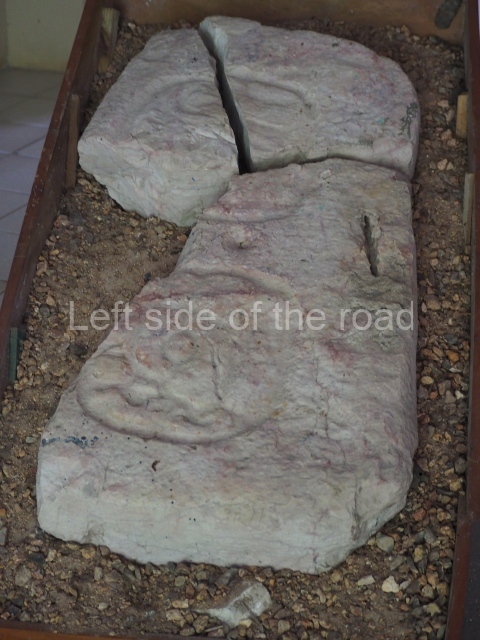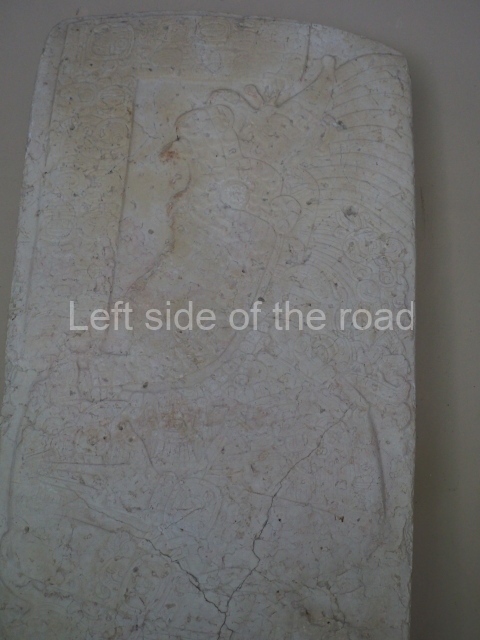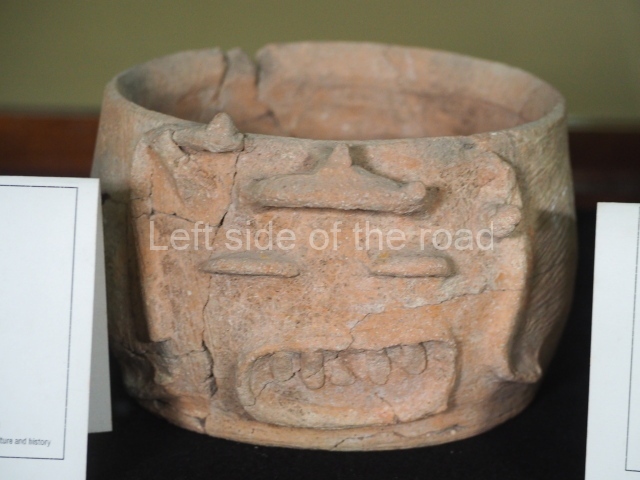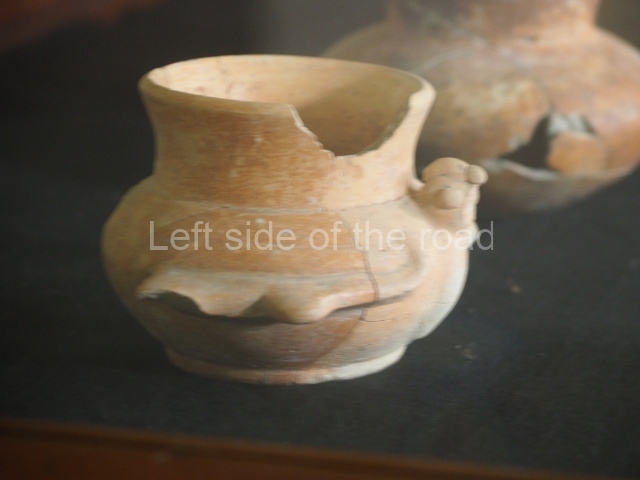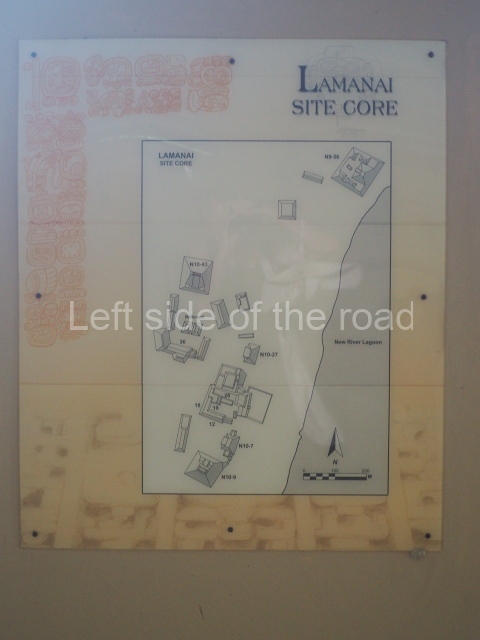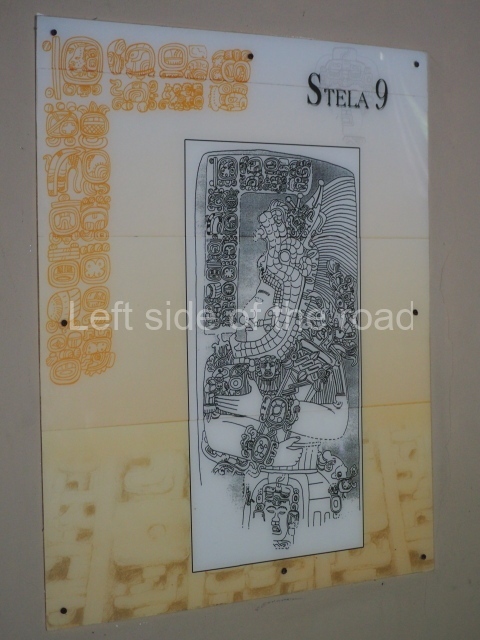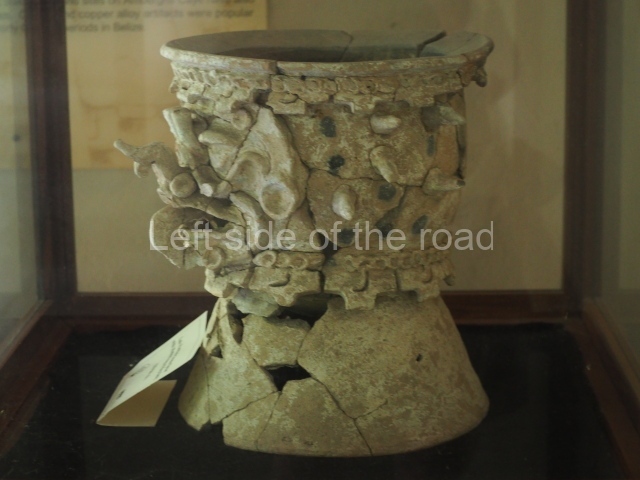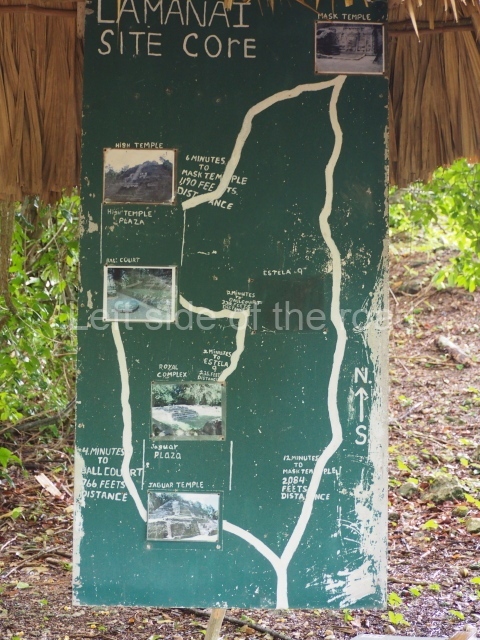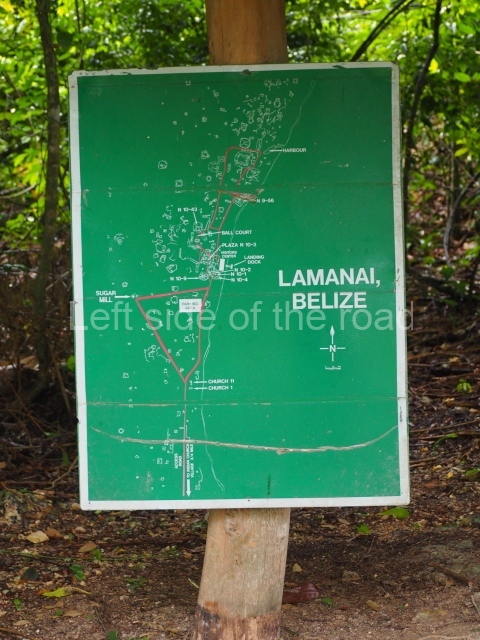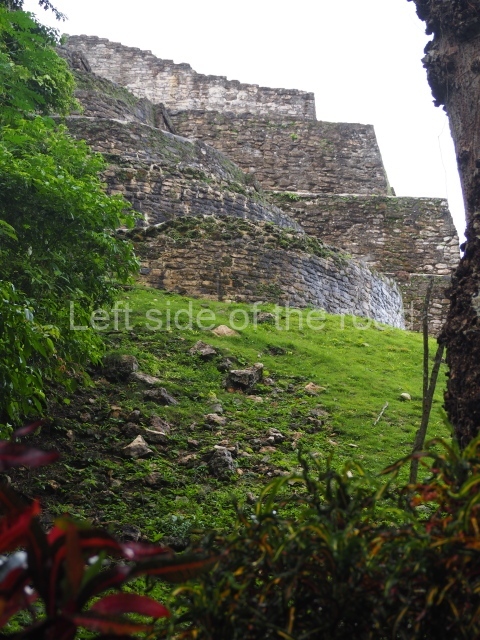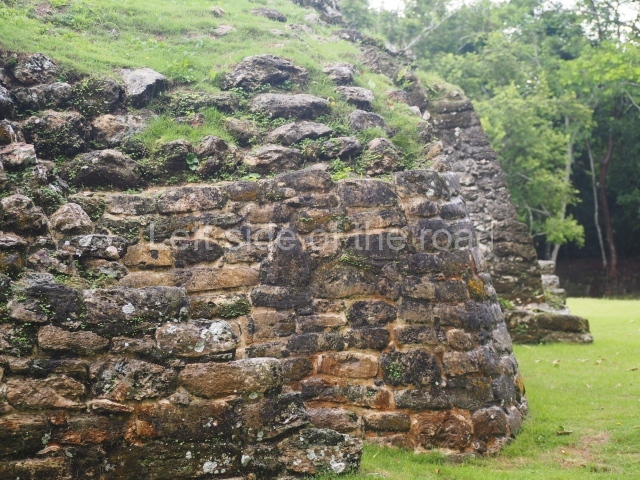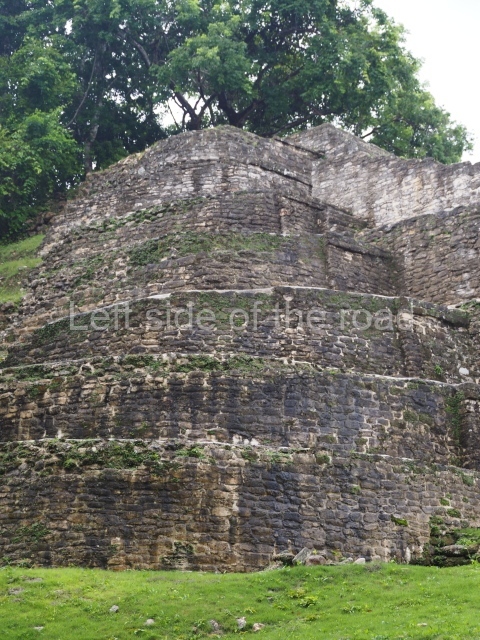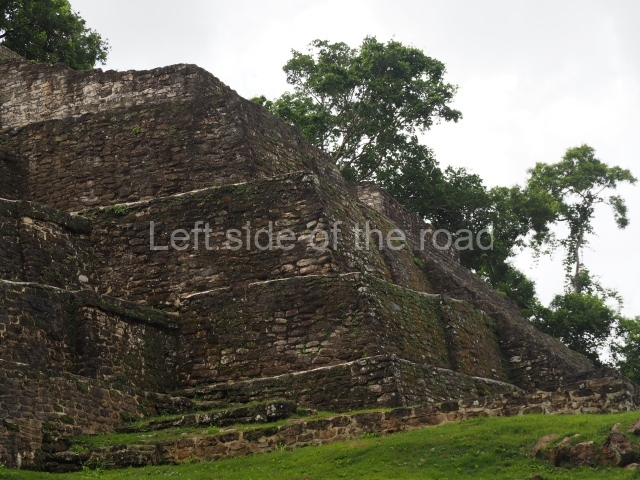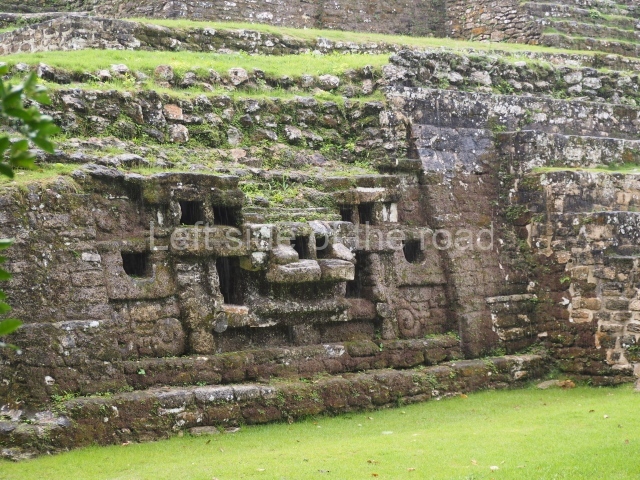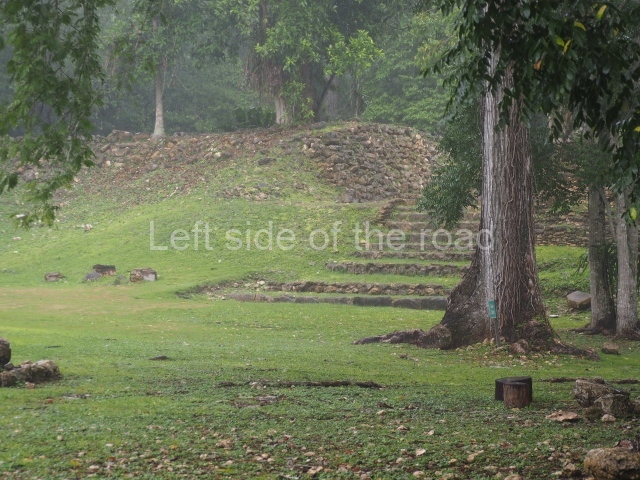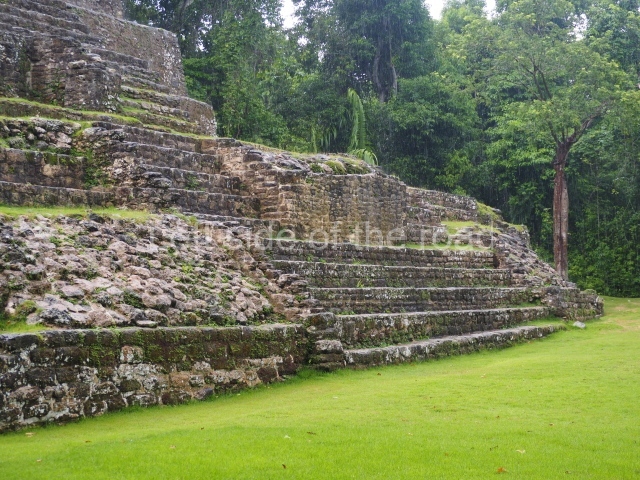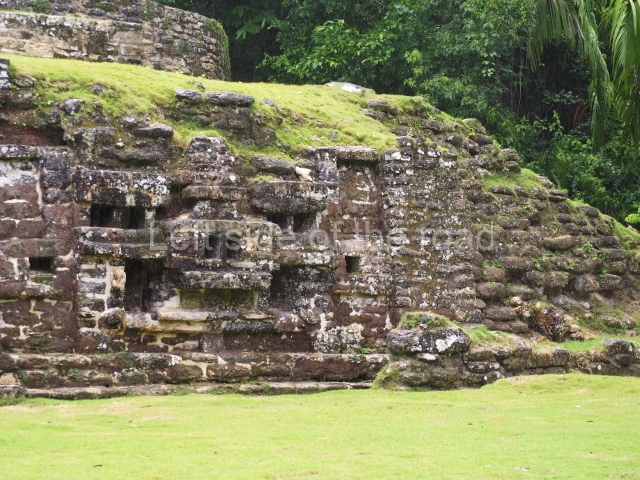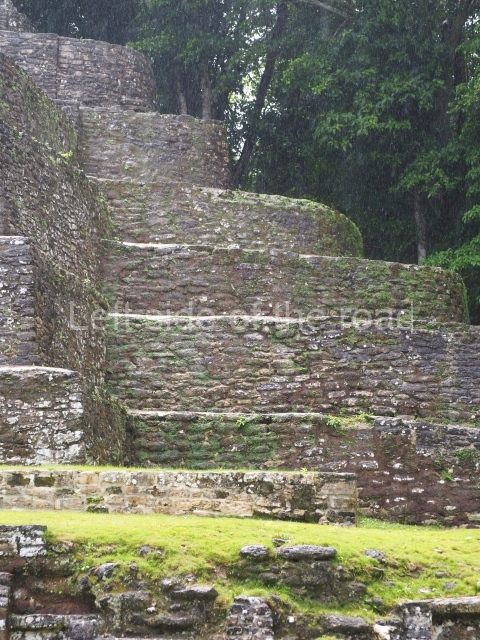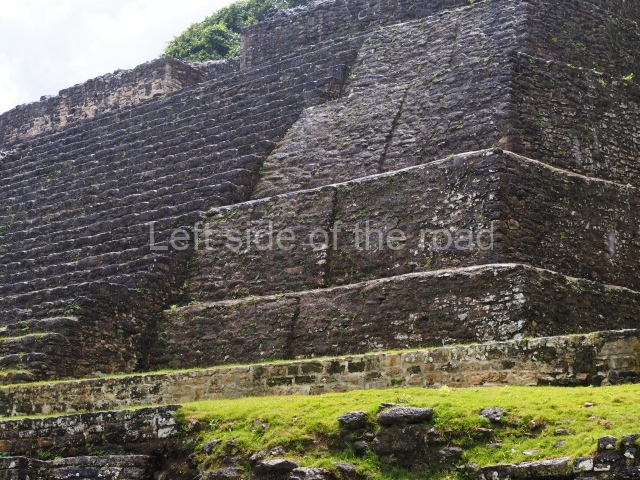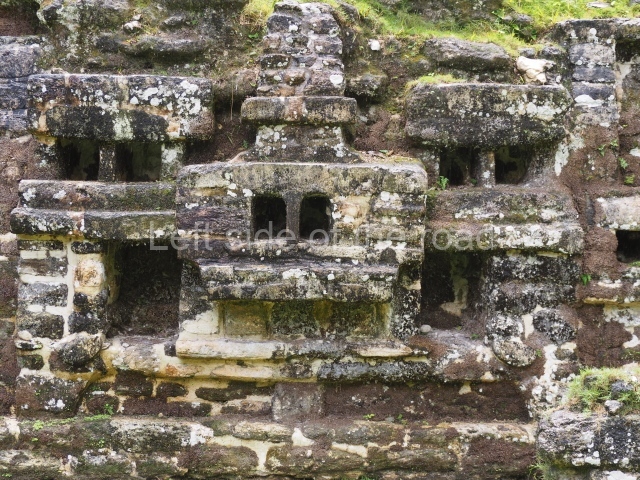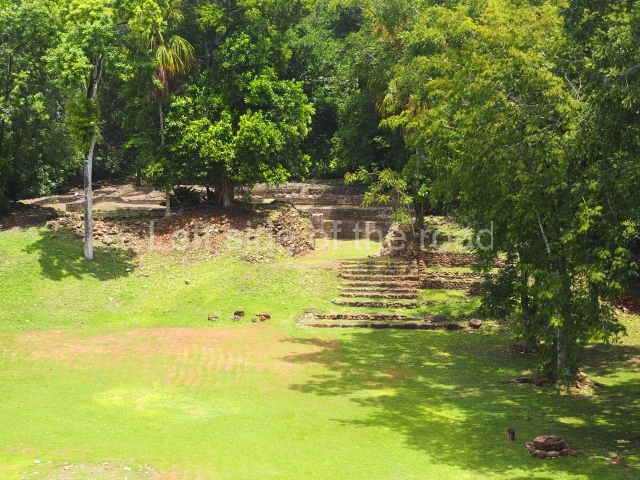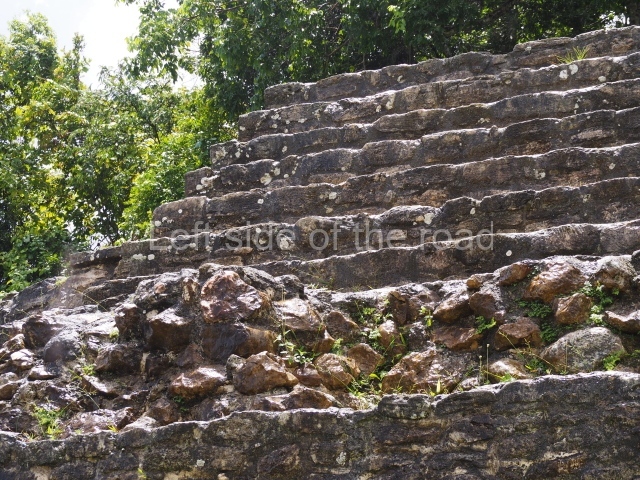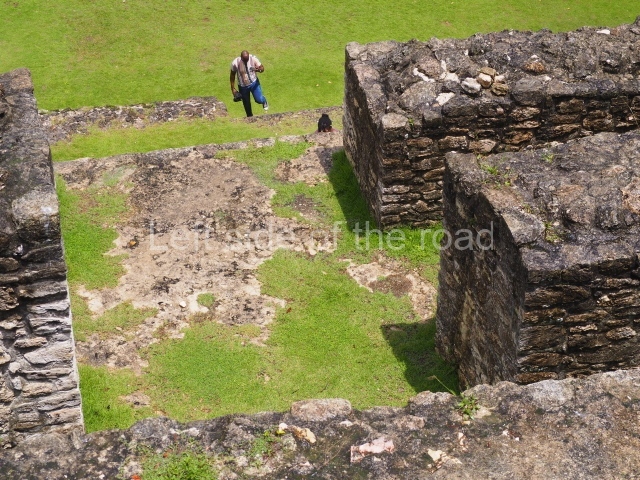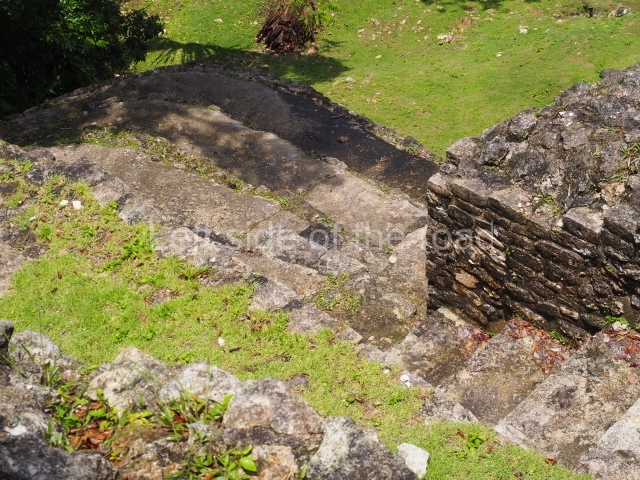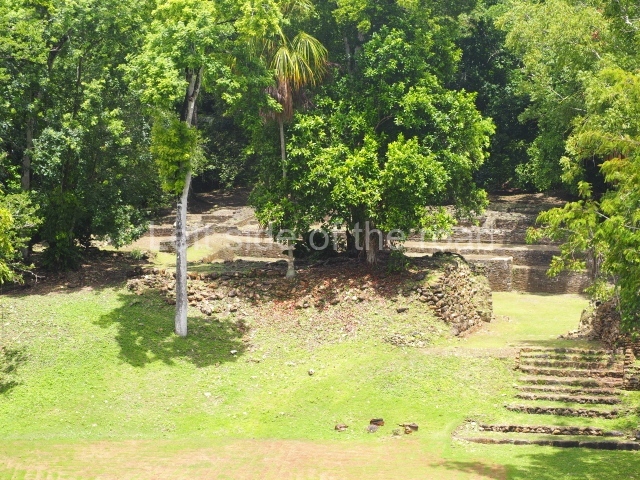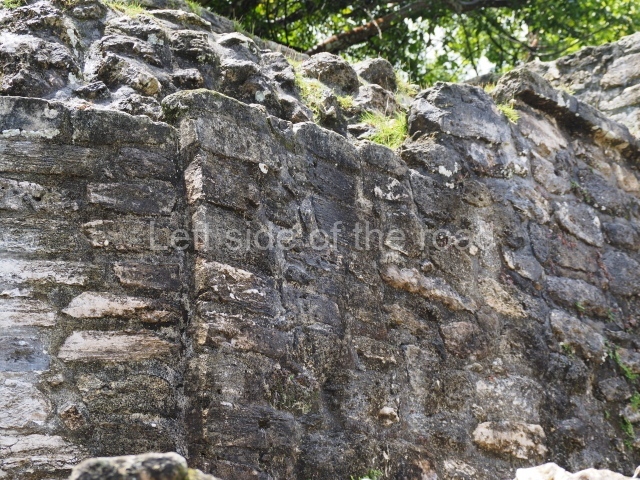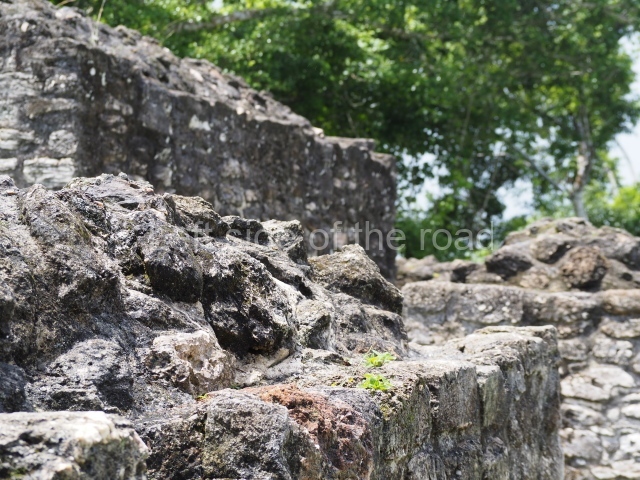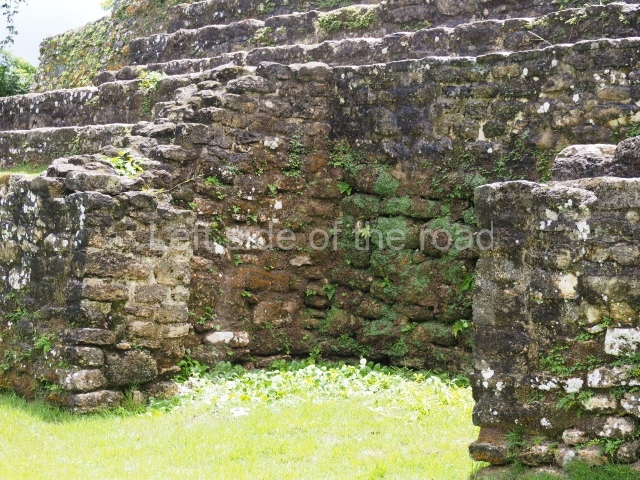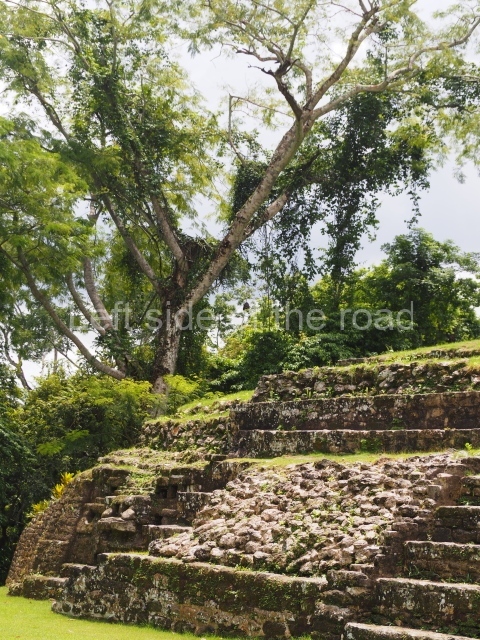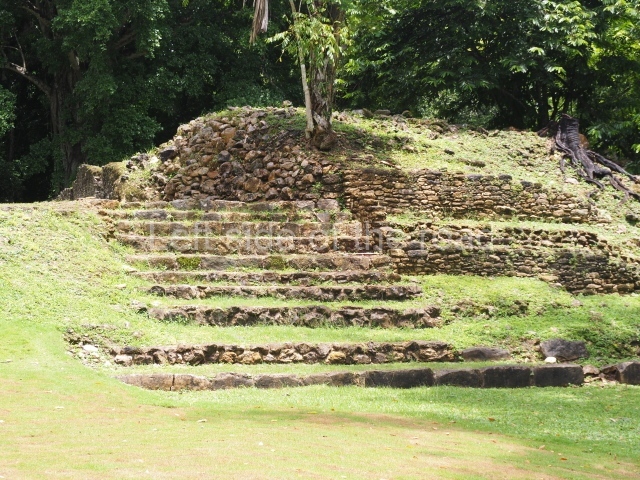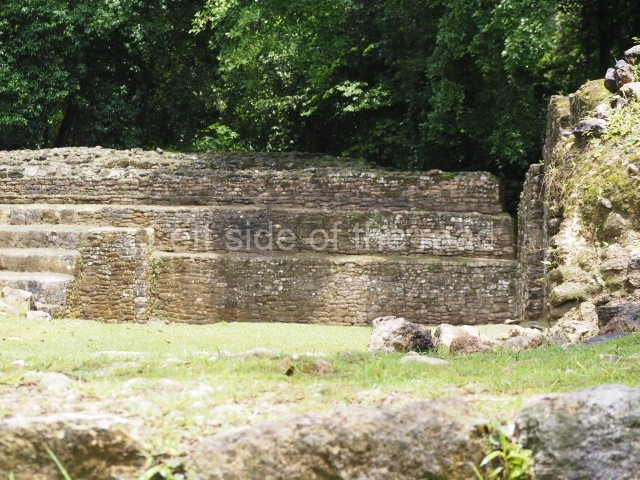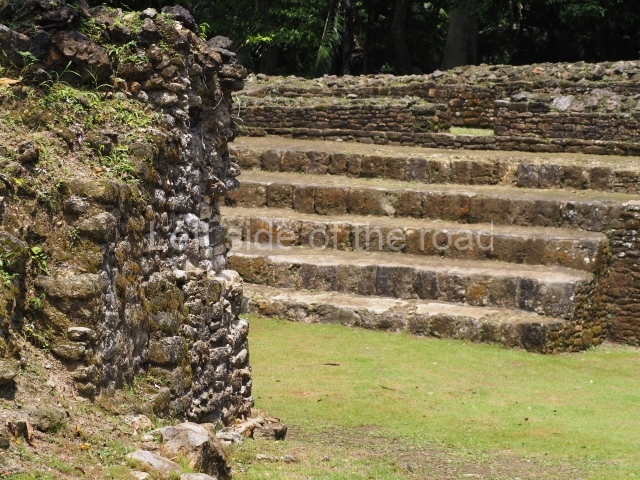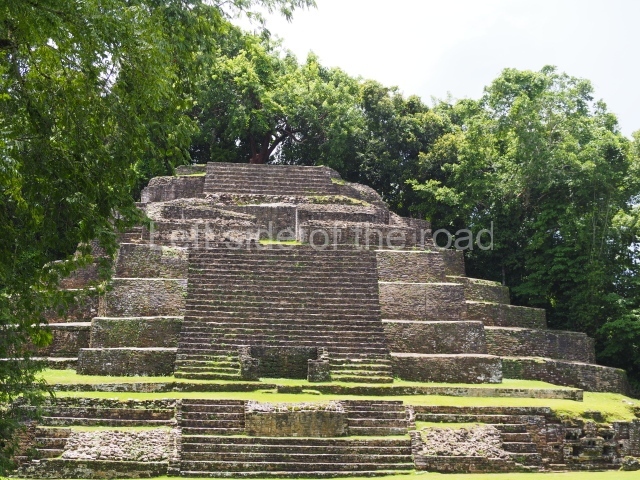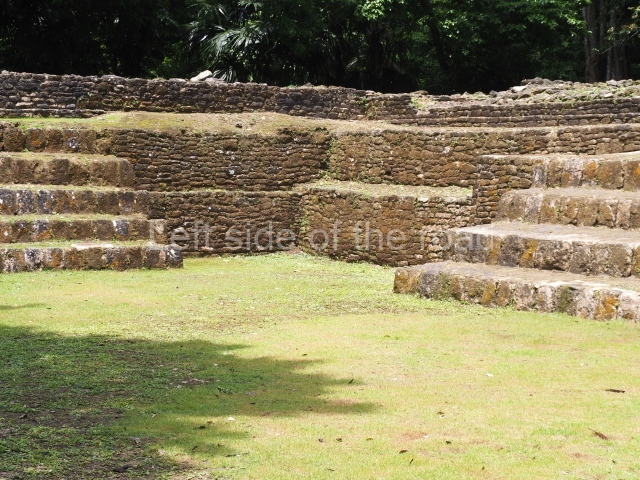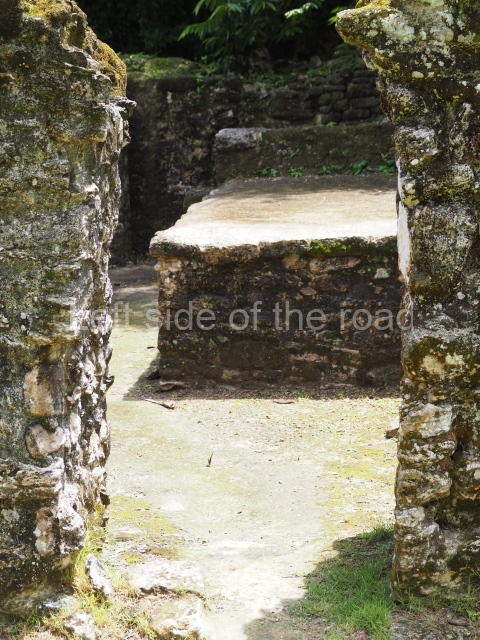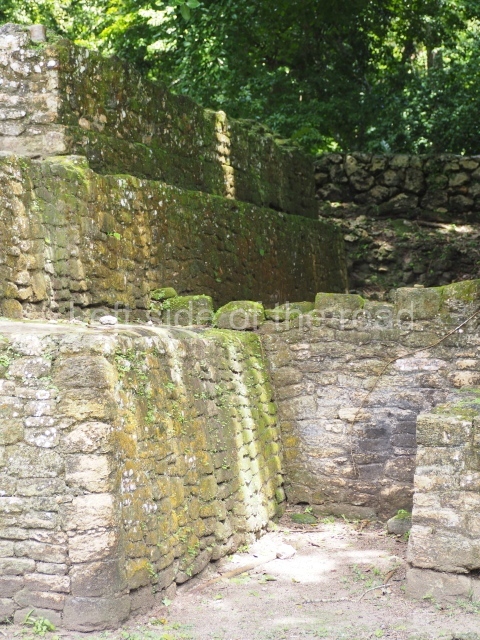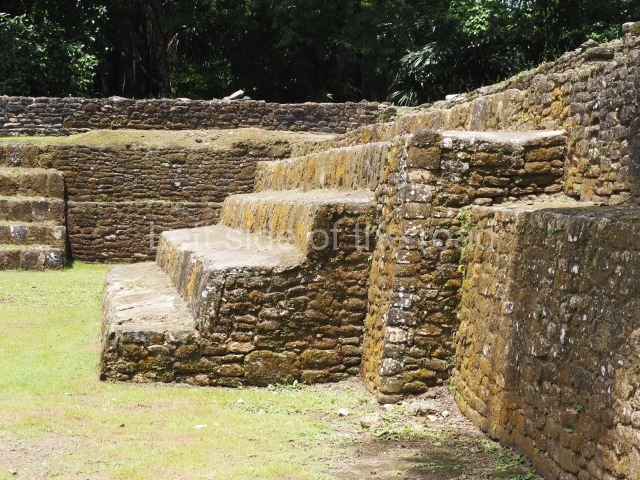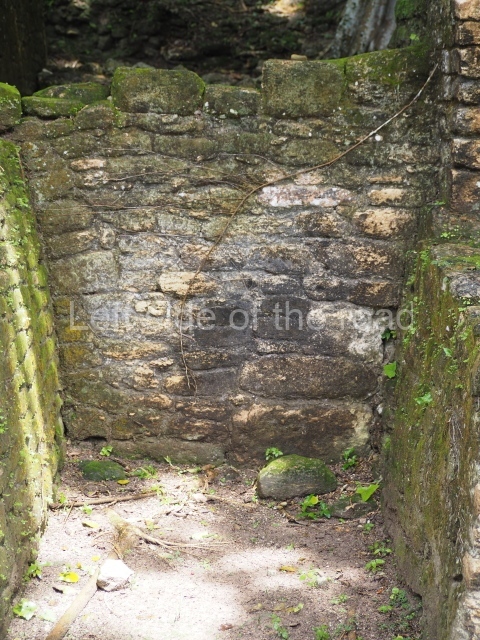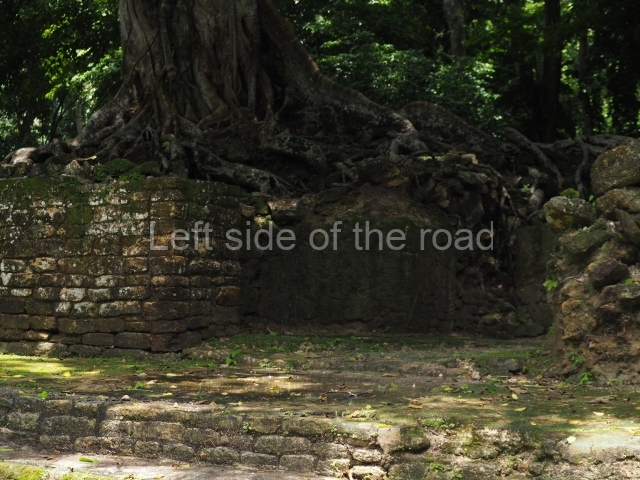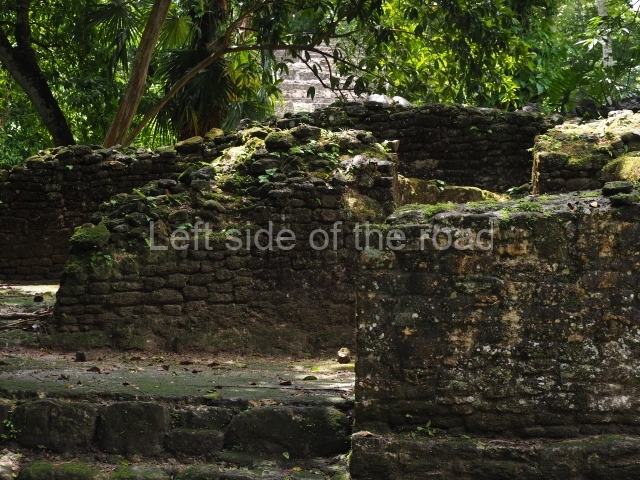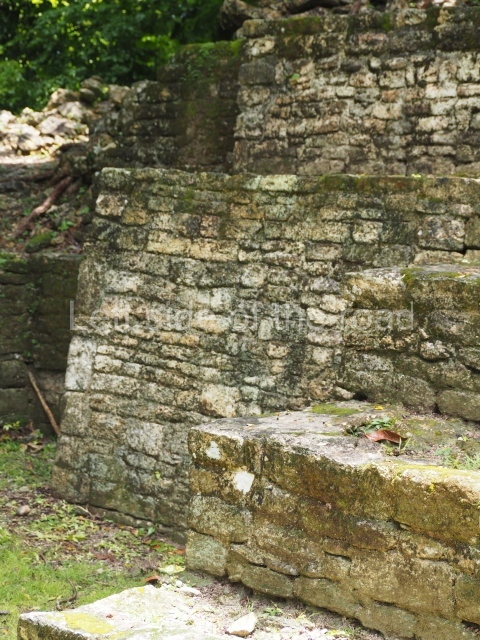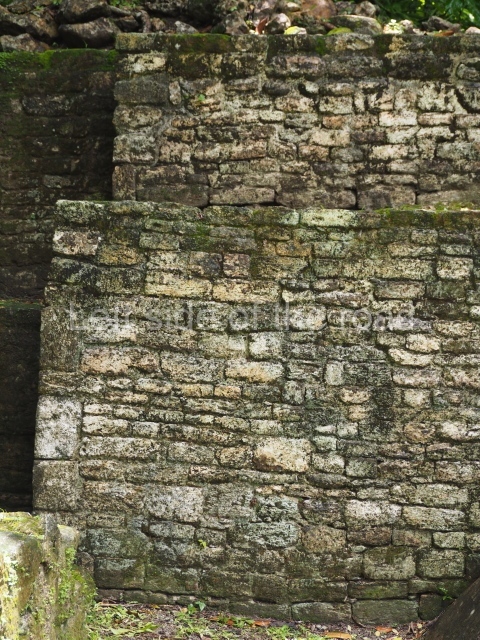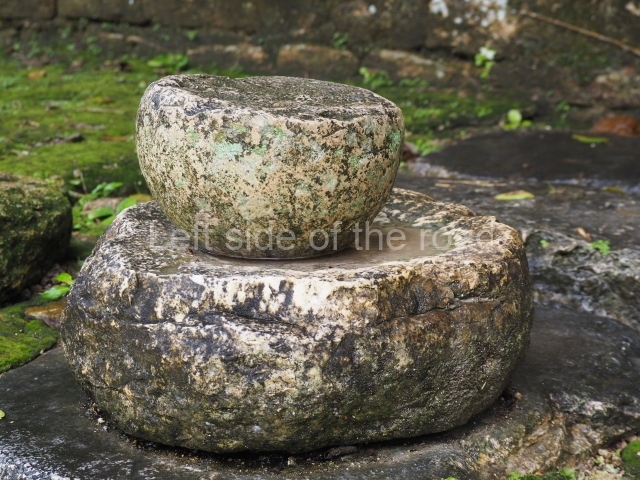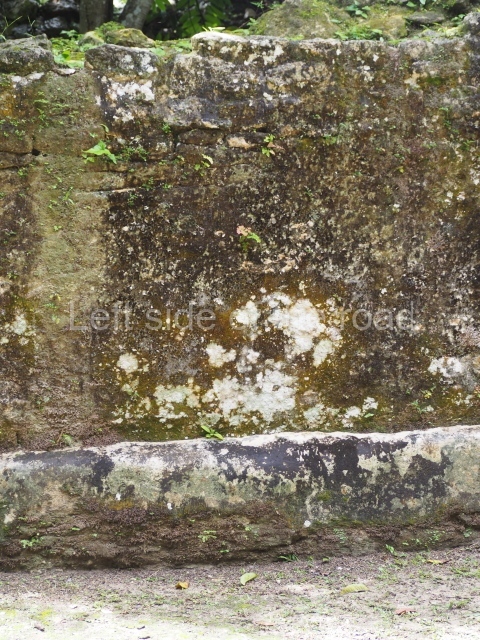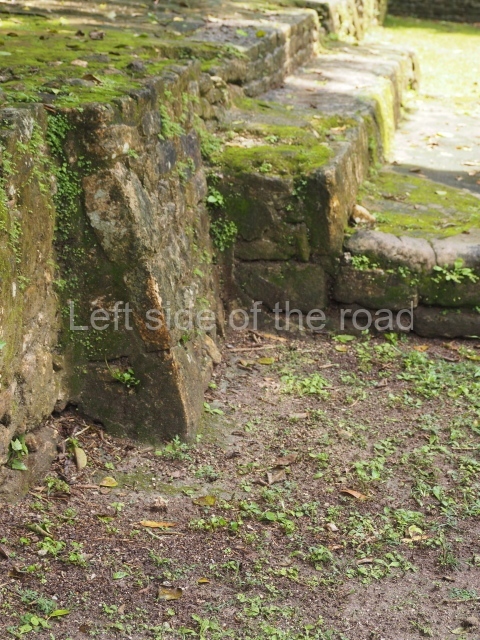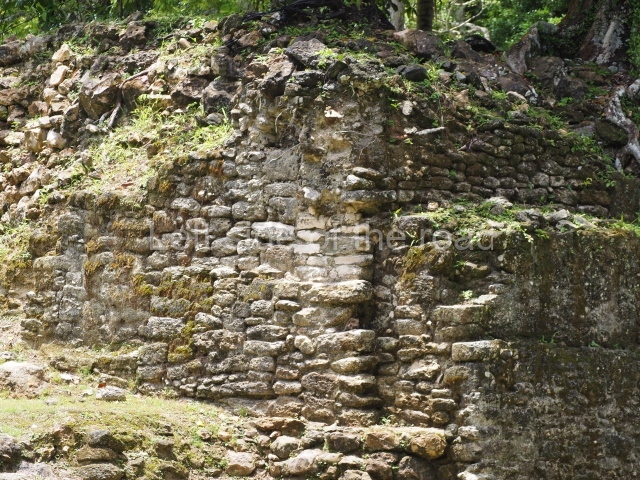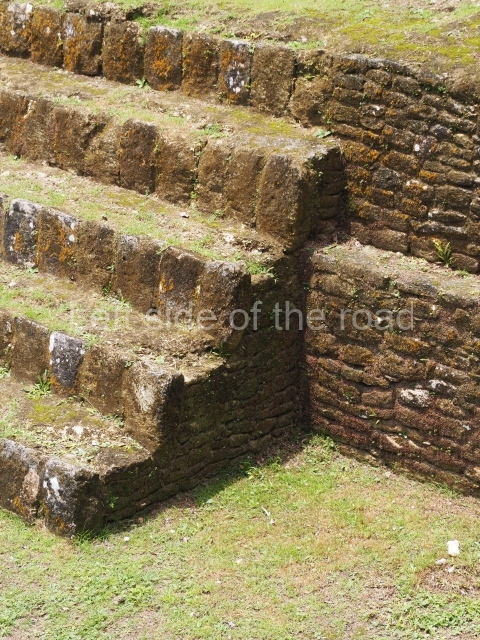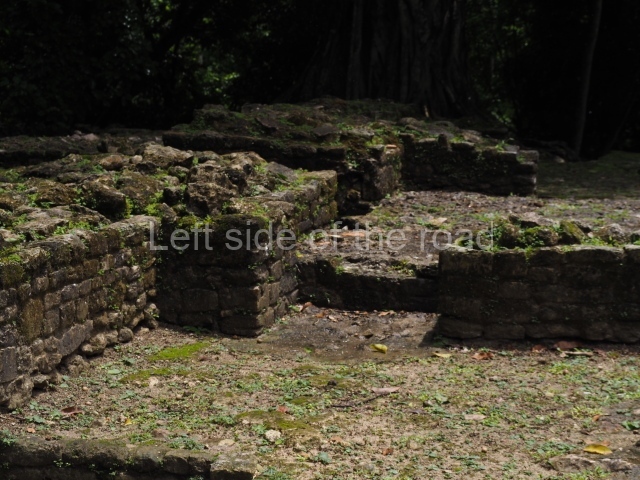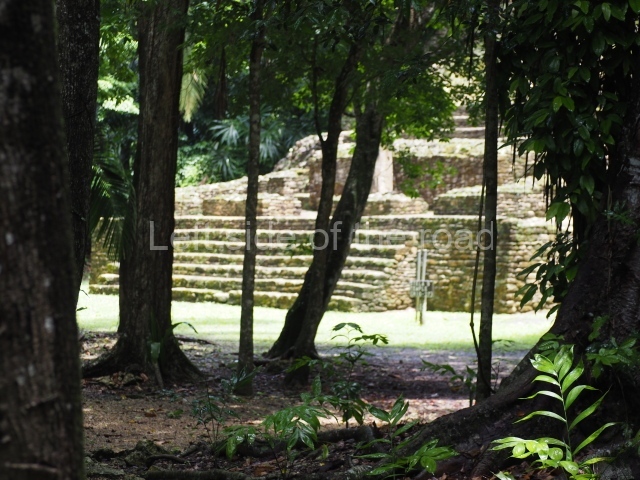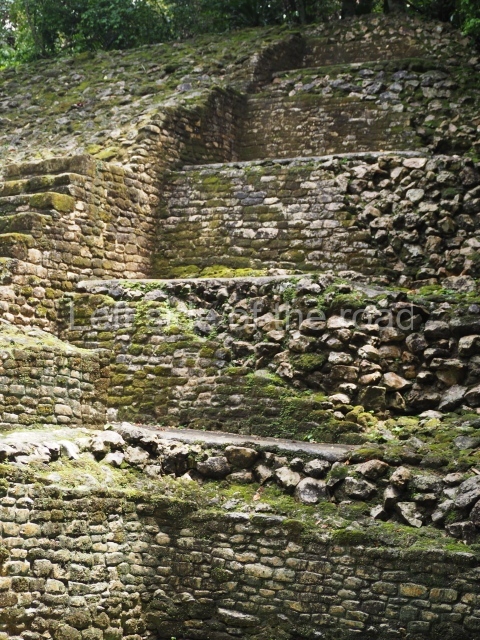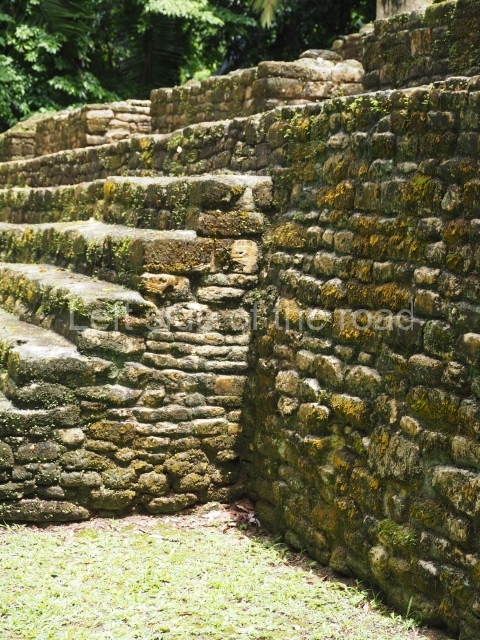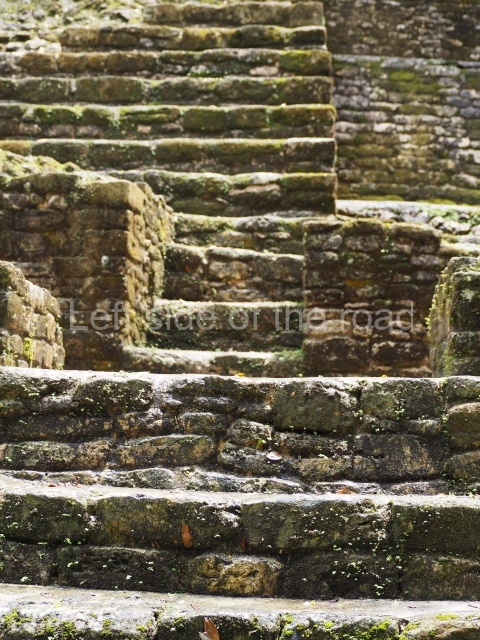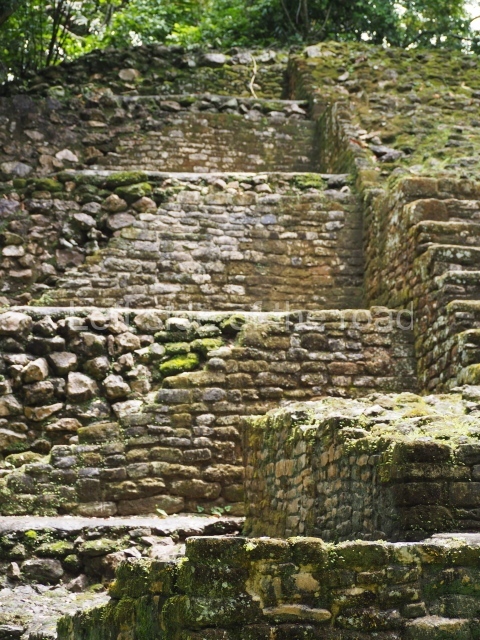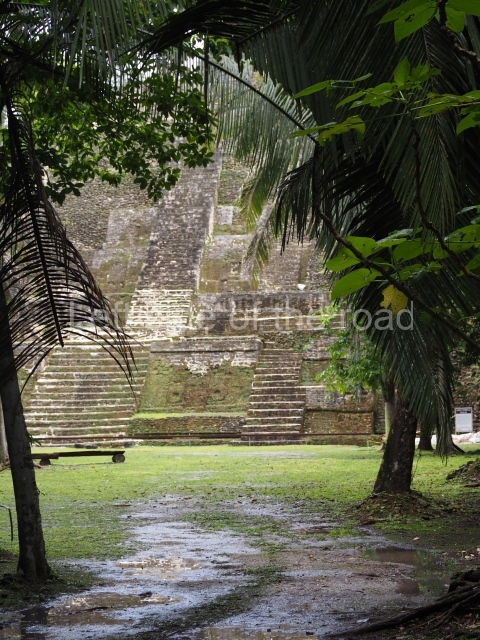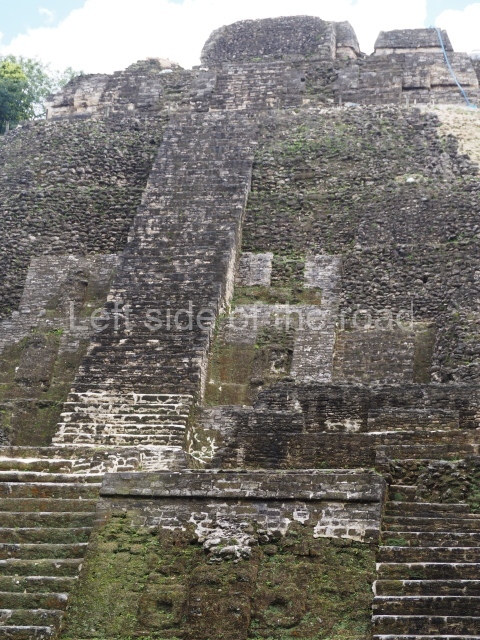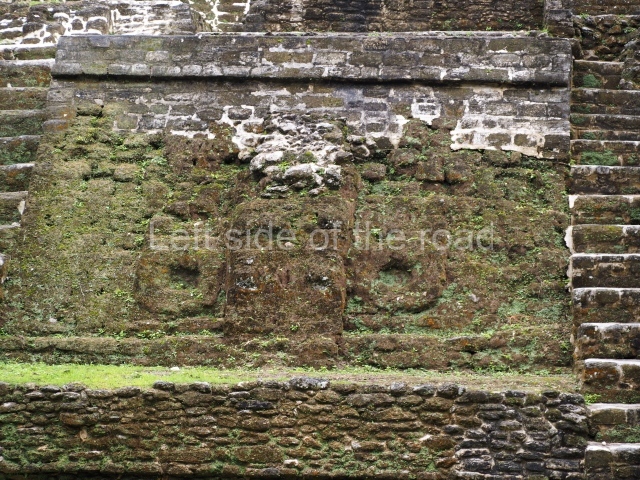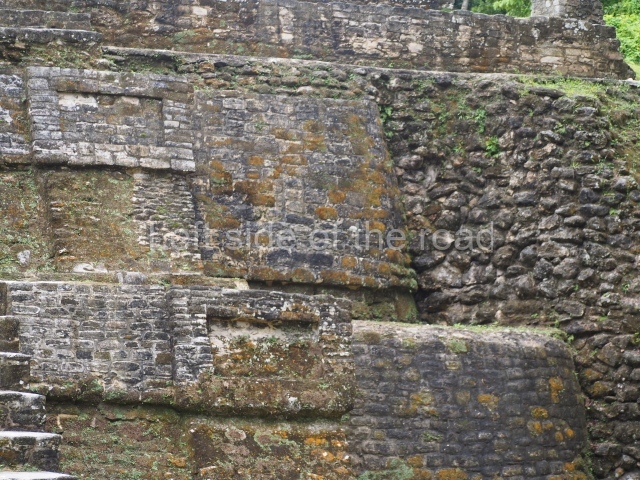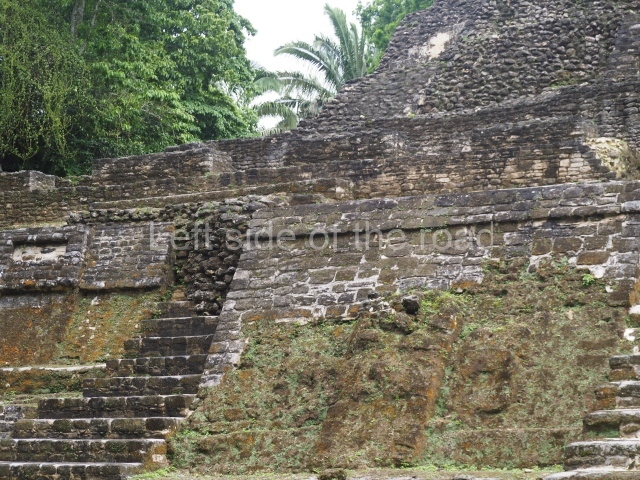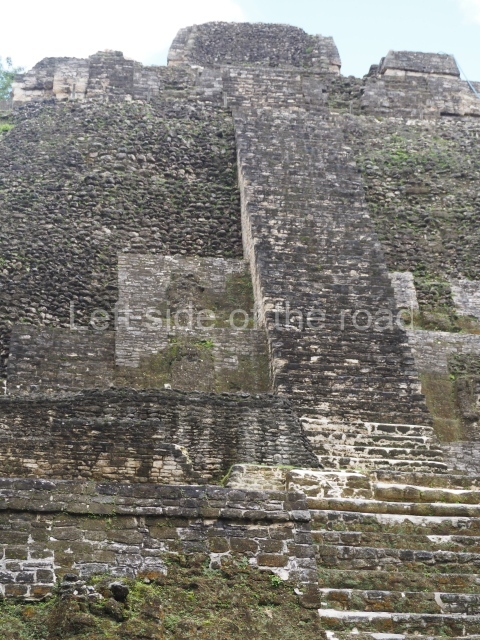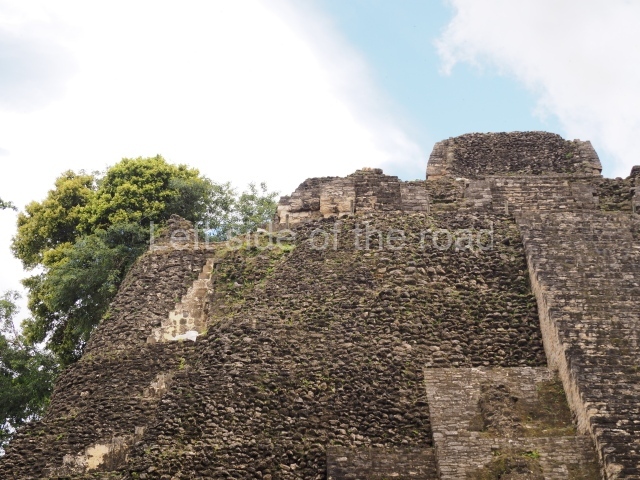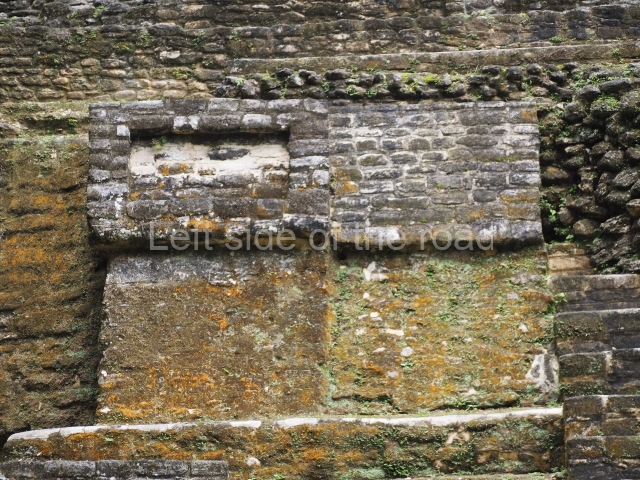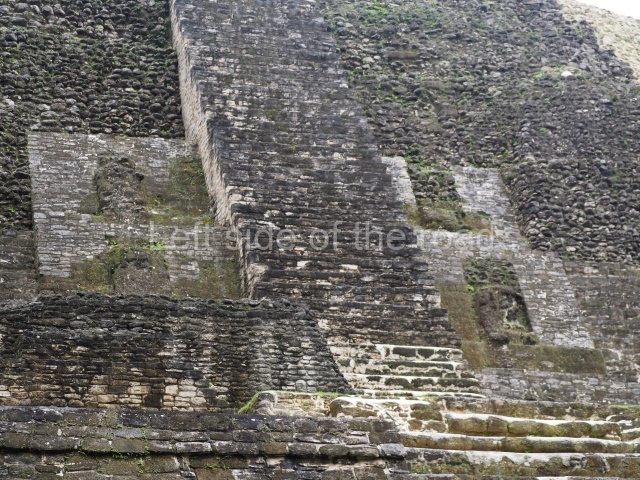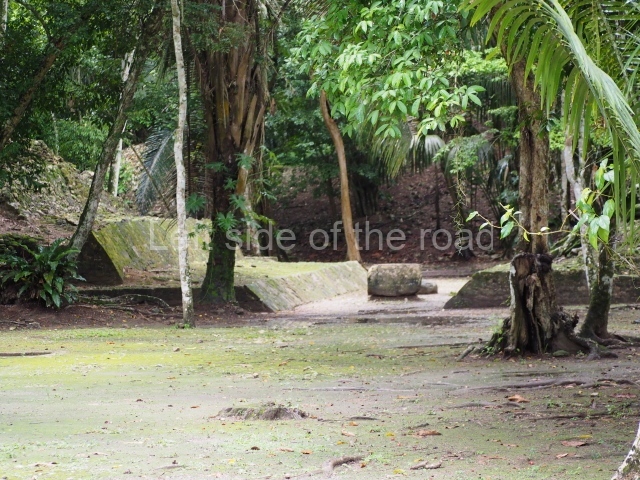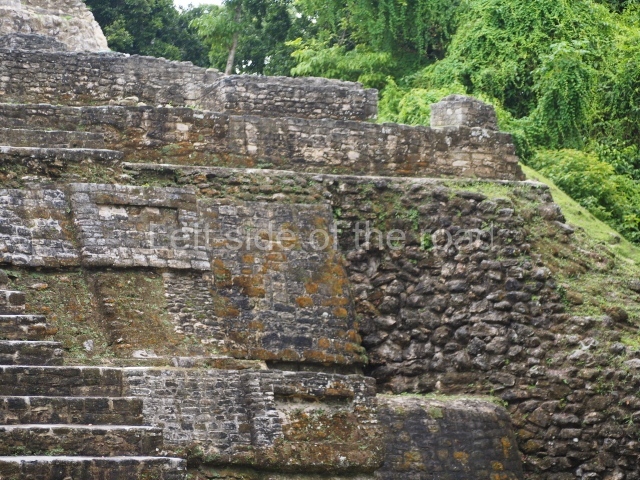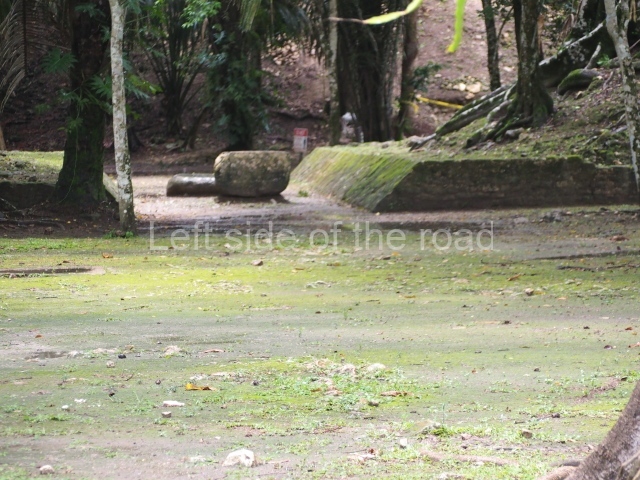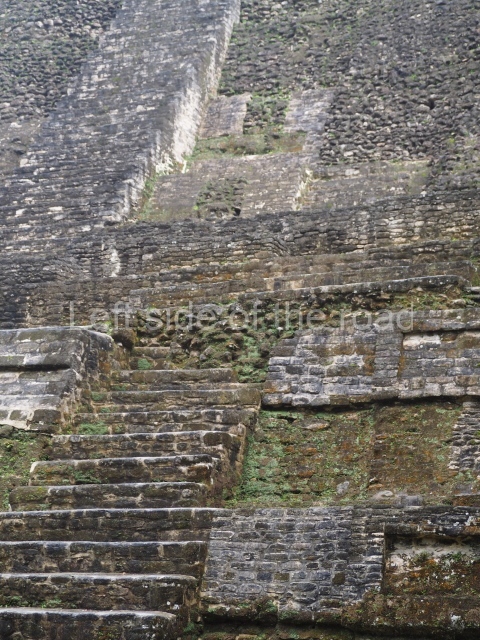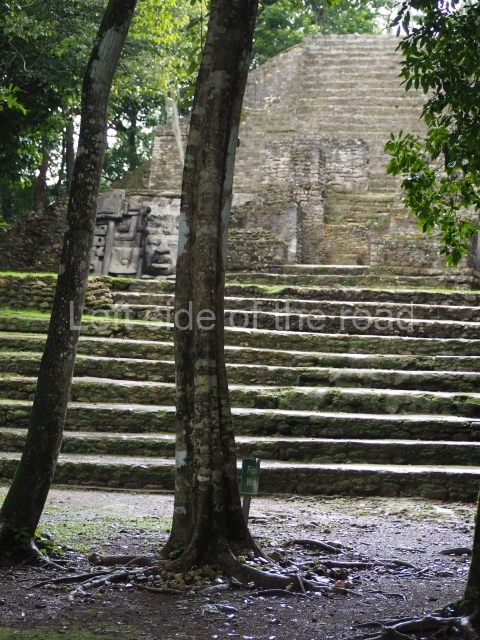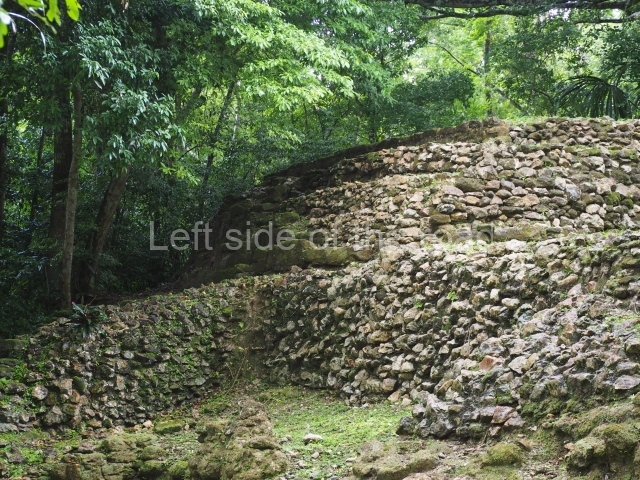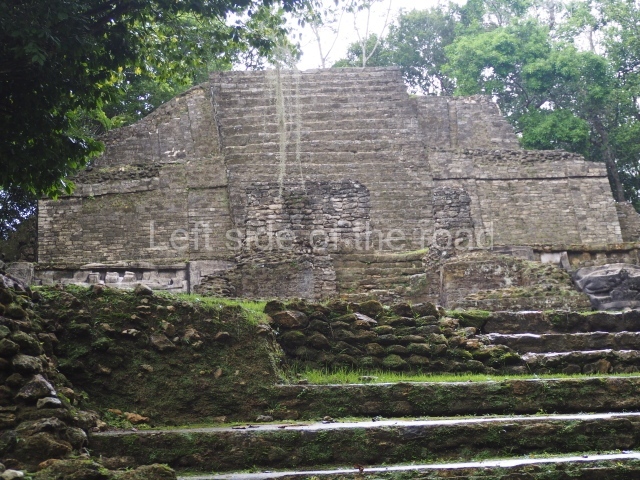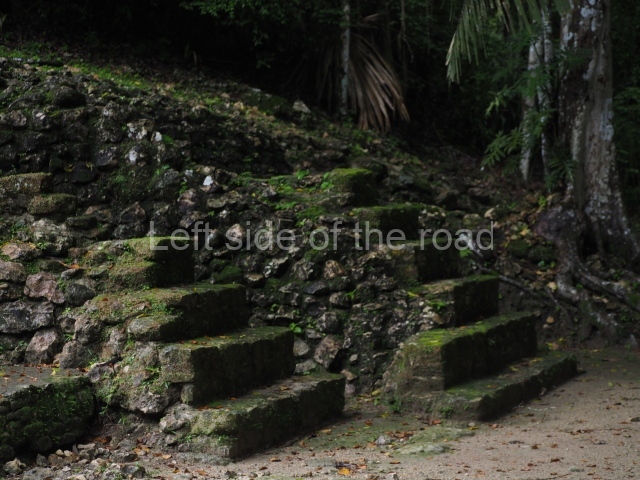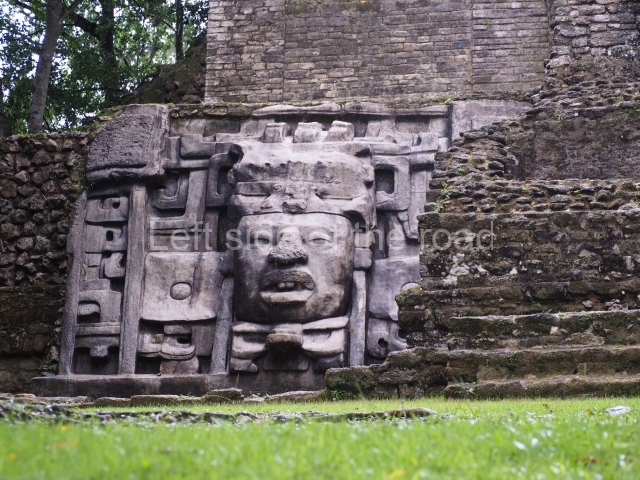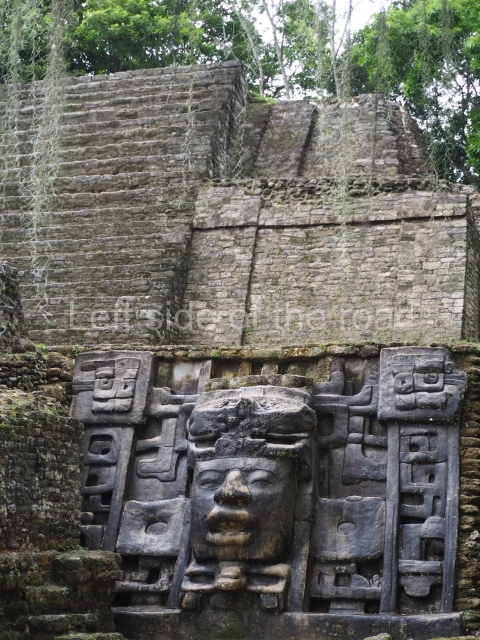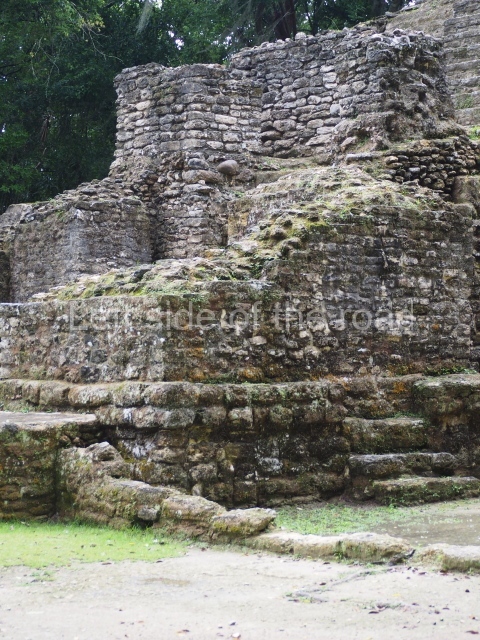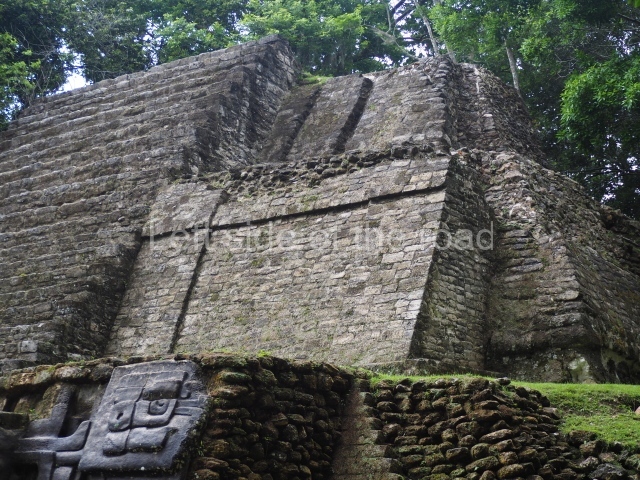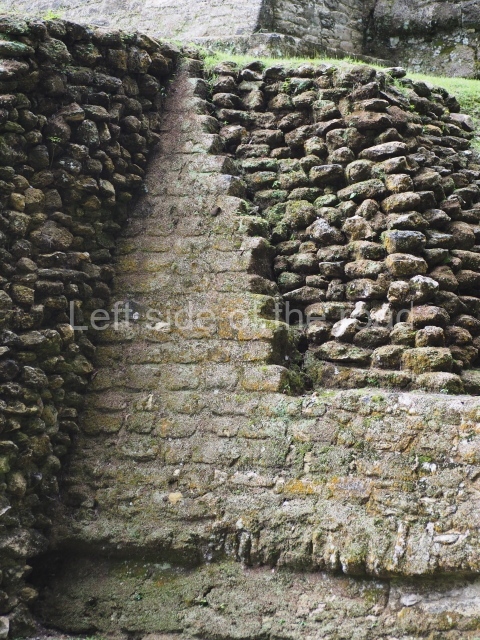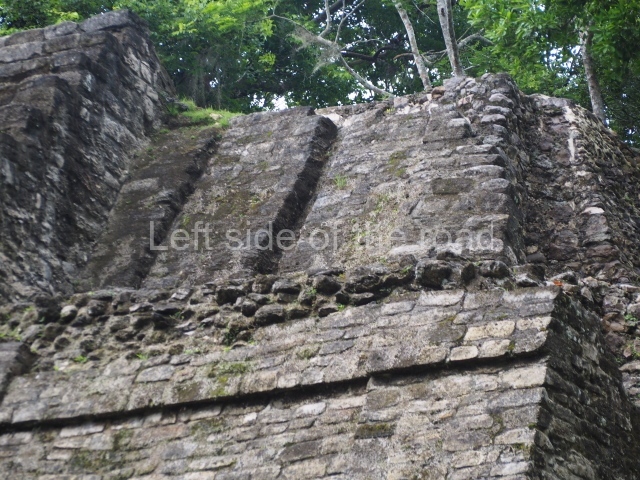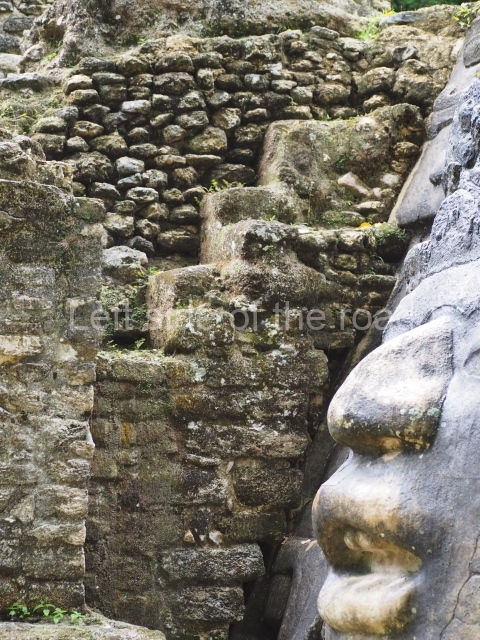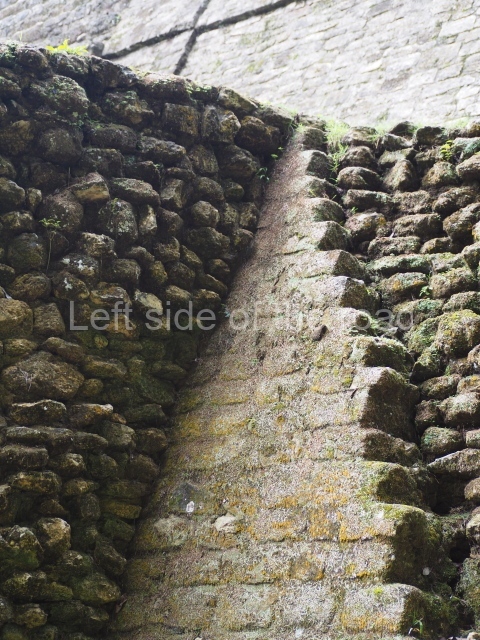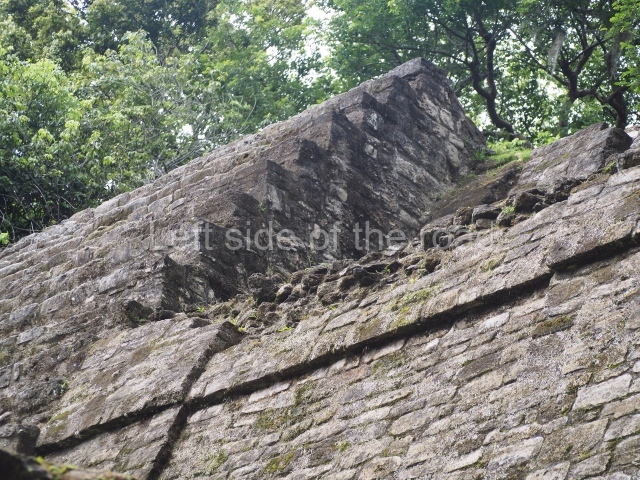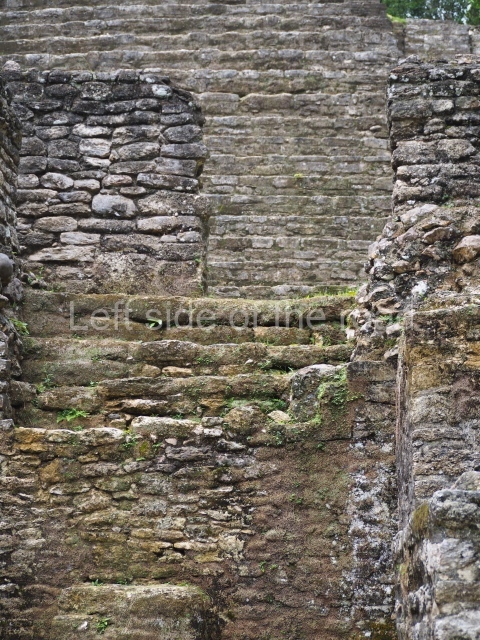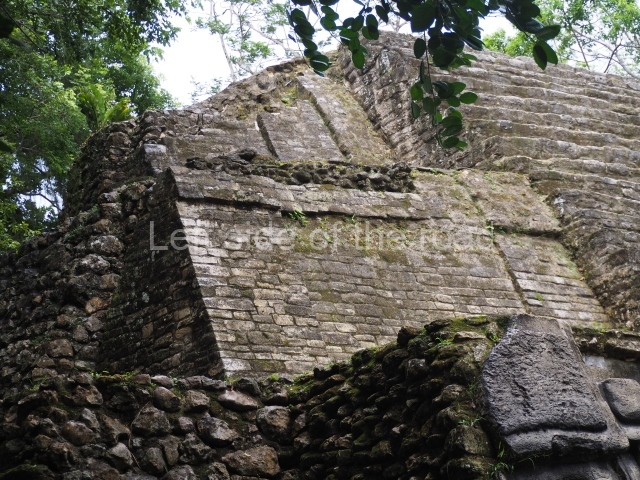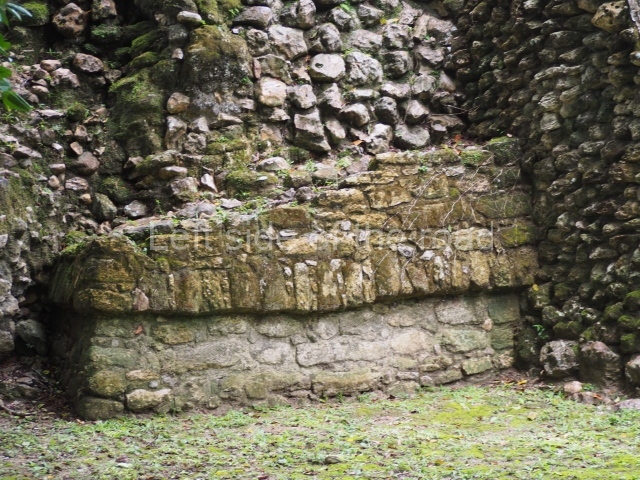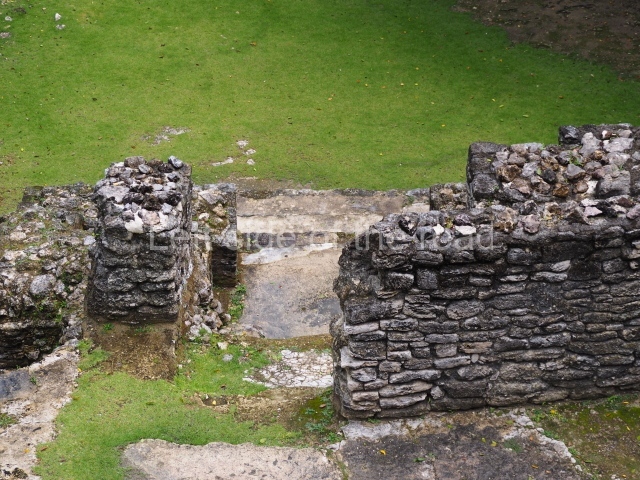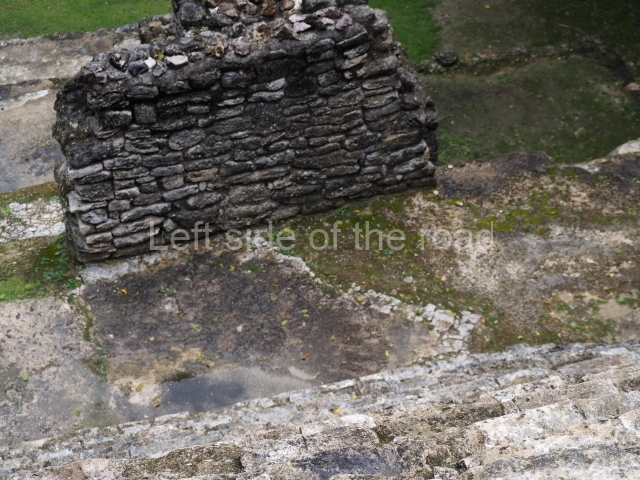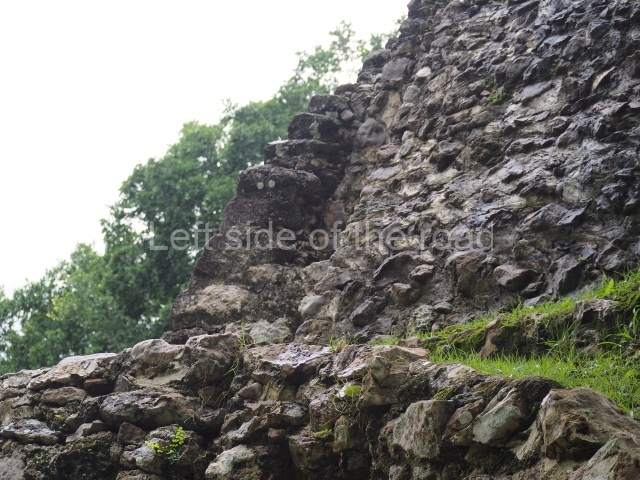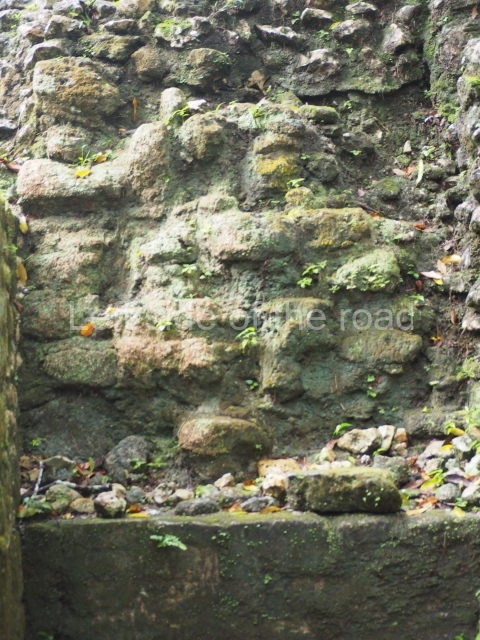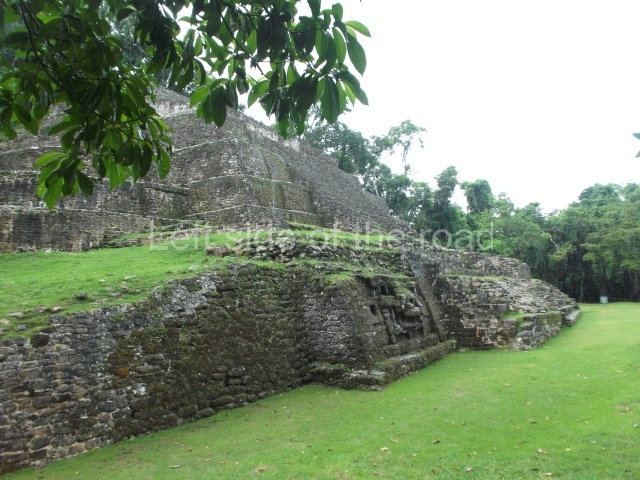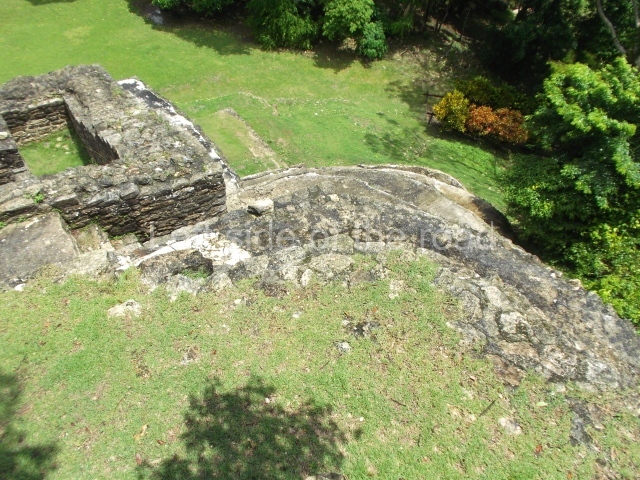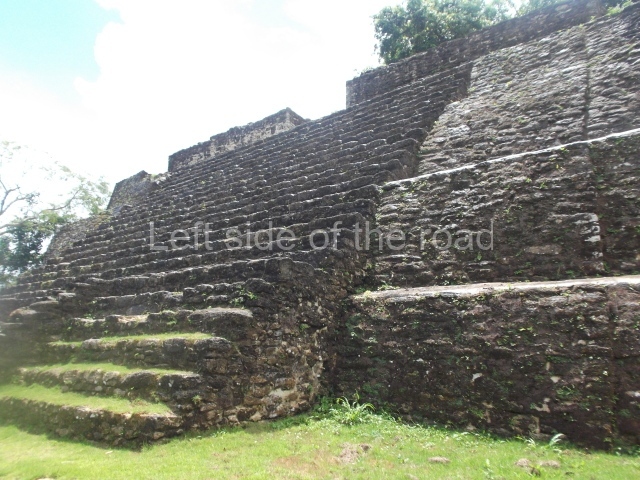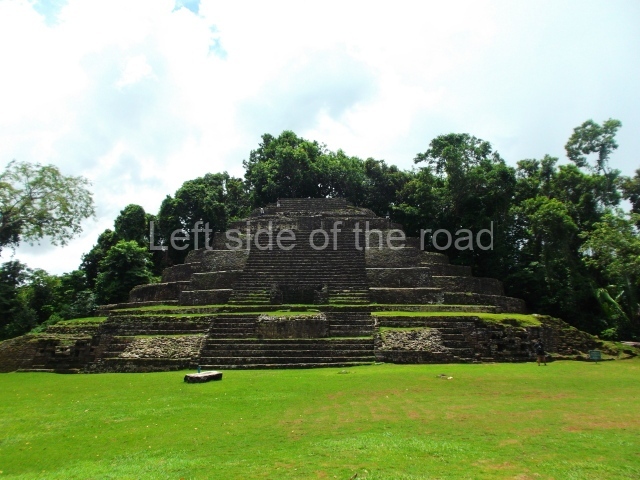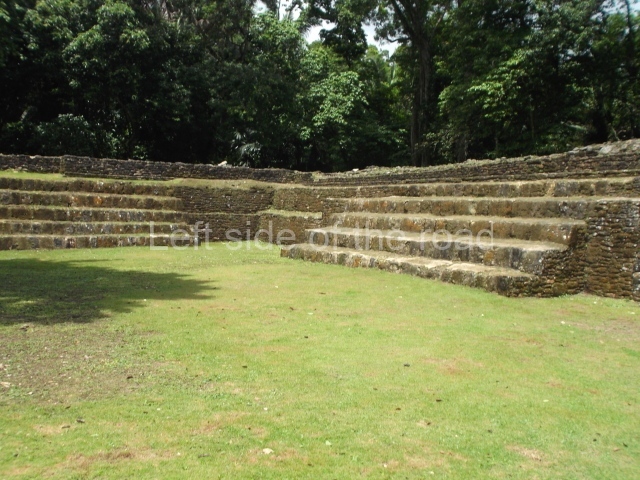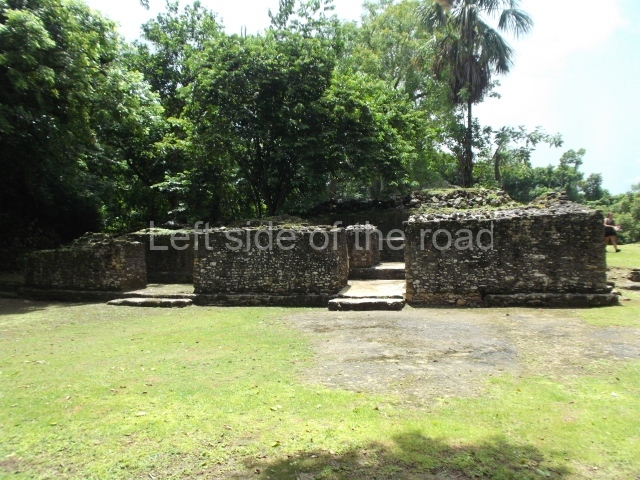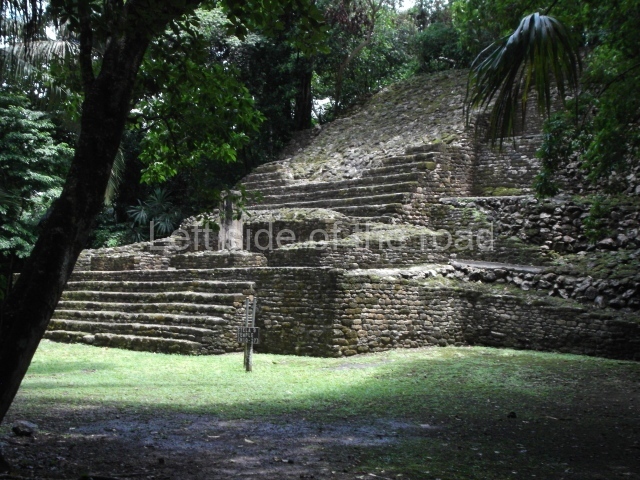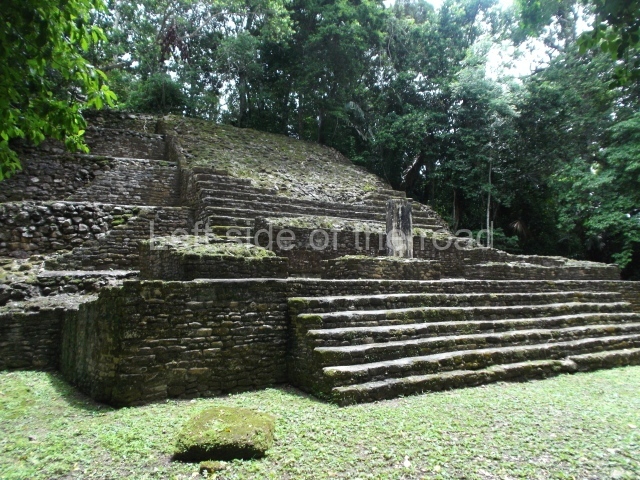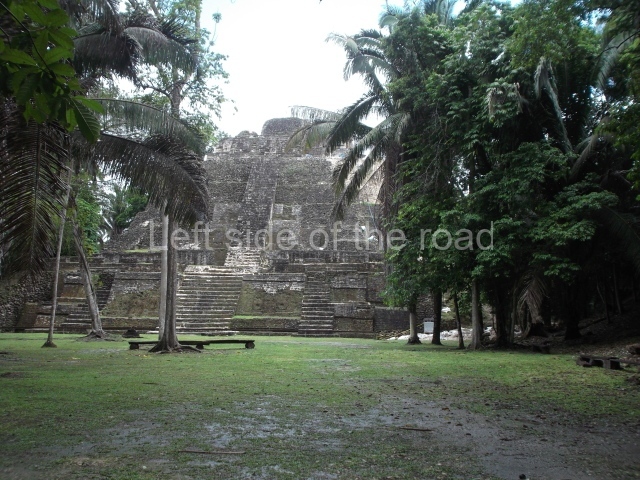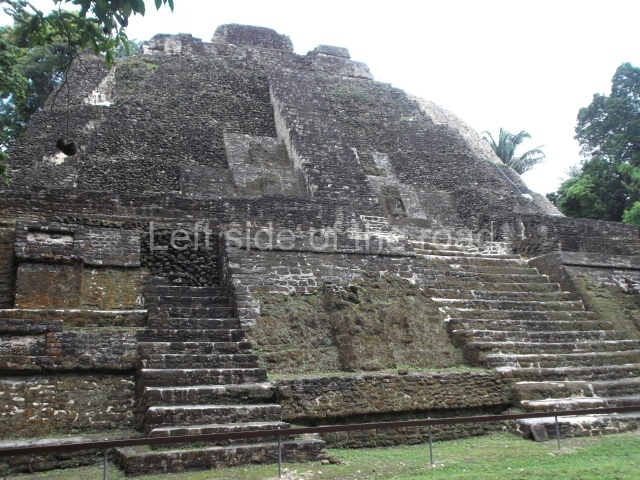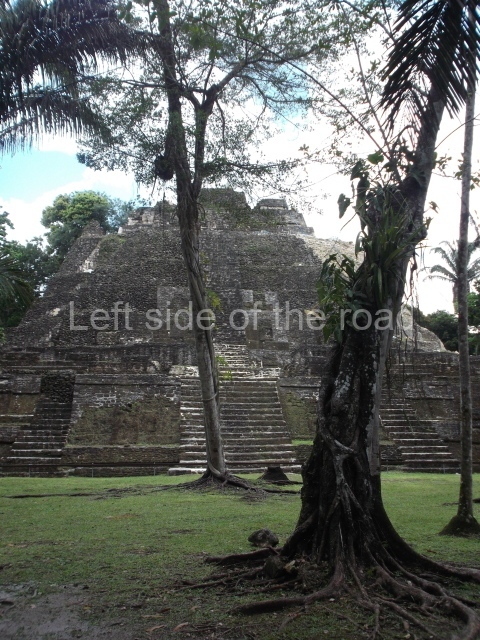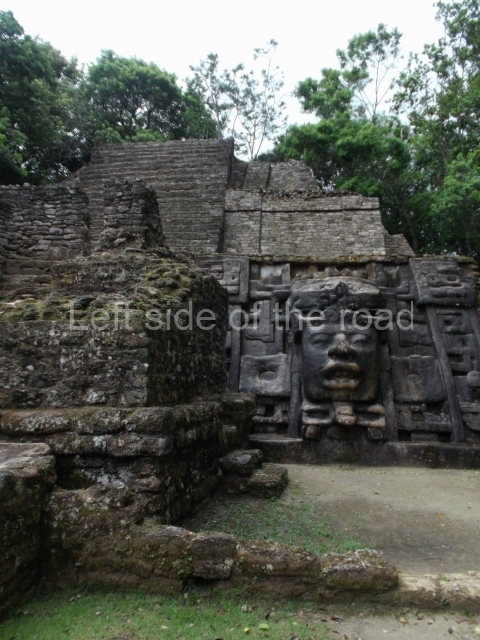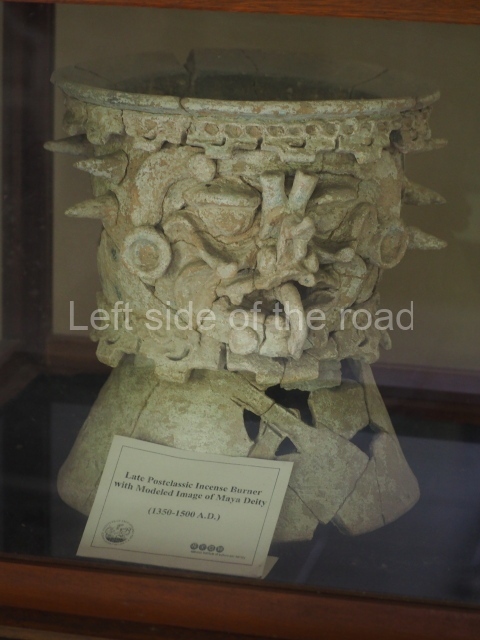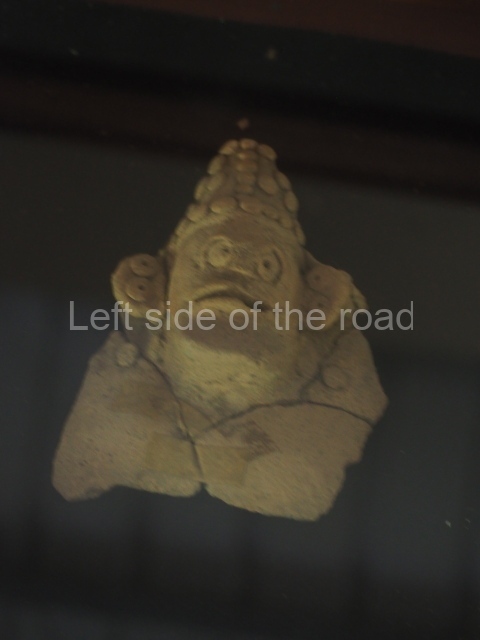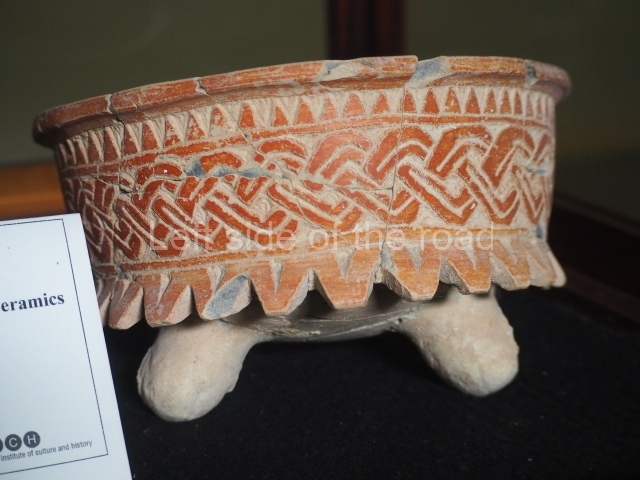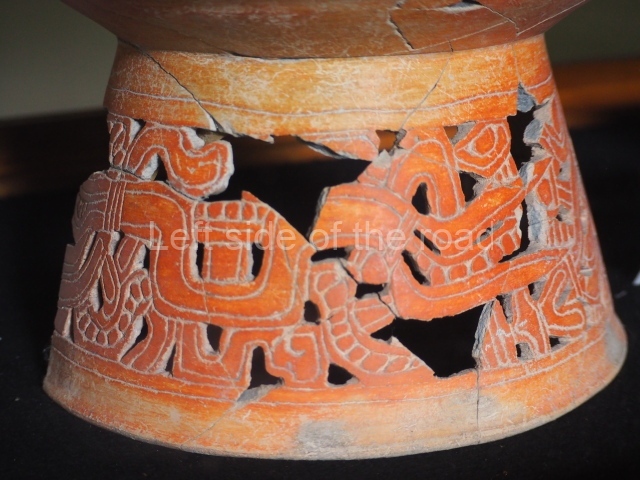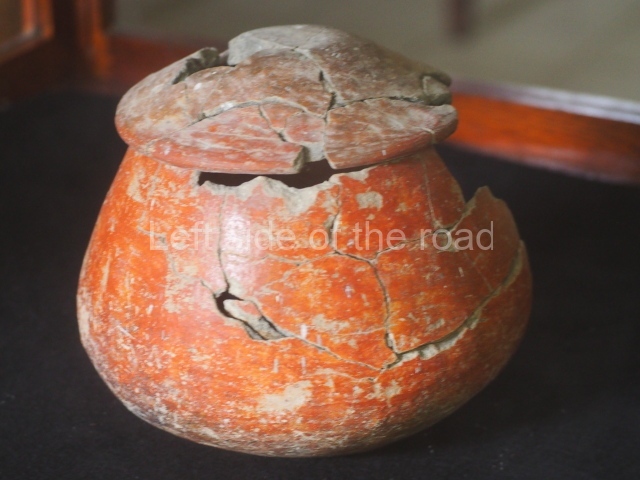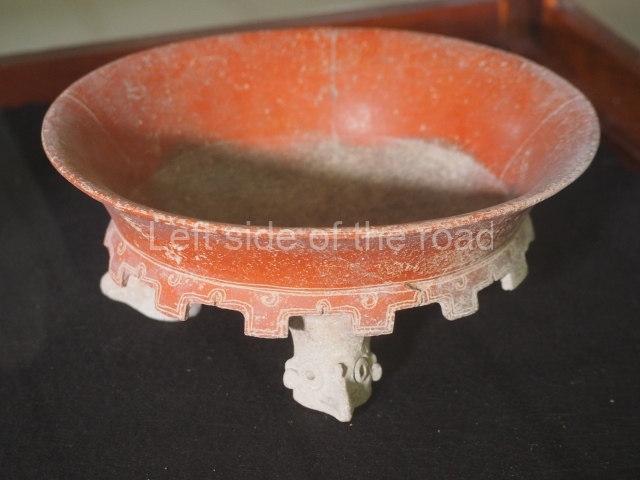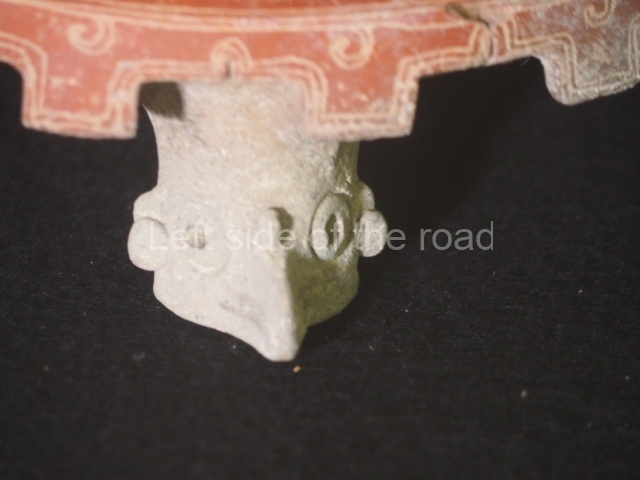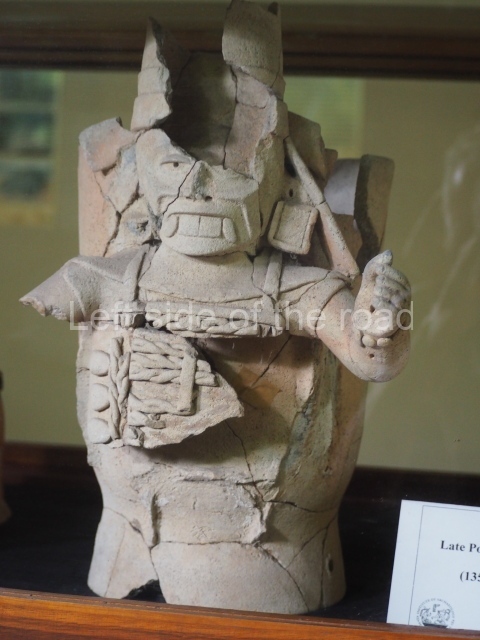More on the Maya
Lamanai – Belize
Location
This site is situated on the west bank of the New River lagoon. It is the second-largest site in Belize and, due to its extraordinary setting and architecture, one of the most visited. It is located in an archaeological reserve covering nearly 4 sq km. The name of the site is registered in Spanish sources as Lamanay and Lamayna, possibly a reference to Lama’anayin, which means ‘submerged crocodile’. The same sources also mention the Mayan name for the New River, Dzuluinicob, which Awe translates as ‘strangers’. Lamanai has restrooms, souvenir shops and a largish visitor centre/museum.
Pre-Hispanic history
Lamanai boasts the longest sequence of occupation in Belize: from 900 BC to AD 1675. However, this sequence was not continuous – in AD 1554 the Spaniards arrived and controlled the site for nearly a hundred years until the local population staged an uprising in 1640 and renounced their Christian beliefs. During this period, which can be regarded as a hiatus, the inhabitants of Lamanai struck an alliance with the people of Tipu, an important city in the Cayo district, a few kilometres south of Lamanai.
Site description
A tour of this site is extremely enjoyable, taking in the temple of the Masks, the Great Temple, Complex N10, the residential groups, the ball court, the Christian church (16th century) and the site museum. If you have the time and are interested in industrial archaeology, it is worth taking the walk to the 19th century sugar mill a little further south.
Temple of the masks (N9-56).
This is situated in the northern section of the site. The masks on the facade are unique in that their construction technique differs considerably from that used for other Maya masks. Instead of being modelled in stucco on a stone armature, they are made of blocks of limestone and then with a thin layer of grey stucco. Each anthropomorphic face has a headdress representing a crocodile. The presence of this symbol possibly validates the site name registered by the Spanish: Lamanay, ‘place of the crocodile’. Its construction commenced in 200 BC and it was remodelled on several occasions until AD 1300. Inside the temple is a sub-structure from the Preclassic with masks like those found in Structure 5C-2nd at Cerros. Two tombs, one of a male and the other of a female, were found inside the building. The male’s grave goods comprised objects of jade and shell, various textiles, matting and artefacts made of perishable material.
Great Temple (N10-43).
At 33 m, this is the highest structure on the site. The earliest construction, dated to around 100 BC, was of the same height. The building remained largely unchanged until AD 700 and was then abandoned around AD 900. Subsequently, during the Early Postclassic, an offering was placed inside the structure. Complex N10 is a group of residential and administrative structures. The dominant structure of the complex is the building (N10-9) known as the Temple of the Jaguar, built during the Early Classic and remodelled in the Late Classic and Postclassic. At the foot of the stairway are various small altars, the latest additions to the temple dating from after AD 1400. Structures N10-1, 2, 4 and 7 correspond to the Late Classic and Postclassic and had domestic and ceremonial functions. South of Complex N10 lie the main residential groups, which were still inhabited when the Spaniards arrived. These residences accommodated the Lamanai elite. The scattered layout of the houses is very similar to that found in the present-day towns and villages.
Ball Court
In terms of the play area, this is one of the smallest courts and yet it boasts the largest-known marker. A highly unusual offering was found below the marker: a lidded vessel containing miniature vessels and other objects, placed in a pool of mercury. This was the first time that mercury had ever been found in the Maya lowlands and the find was therefore unique. East of the court stands a small temple (N10-27) where Stela 9 was found, face down at the bottom of the temple stairway. Dating from the Late Classic, this is the only stela that was found in its original place. The figure represented is an ancestor of one of the most important Lamanai rulers, Smoking Shell. The stela commemorates the end of year (tun) 7 Ahau 3 Pop and the anniversary of Smoking Shell’s reign. The festivities to mark the occasion took place on 7 March 625 (9.9.12.0.0). The remains of five infants without any traces of violence were found at the foot of the stela. As Awe points out, this offering must have had a special significance because it is unusual to find infant burials associated with the erection of monuments. The original stela can now be found at the entrance to the site museum, which accommodates a collection of artefacts discovered during the excavations. The most outstanding pieces are the Postclassic polychrome ceramics and the eccentric flints.
Christian church.
Known as the Indian Church, this was built by the Spanish with masonry from the pre-Hispanic constructions. The massive walls with their large angular stones are representative of 16th century European architecture. During his excavations, Awe found a cemetery and evidence that in 1544 the Spanish had built an earlier church in the upper part of the one of the temples. In the mid-19th century the area was given over to sugar production. At Lamanai there are remains of a sugar mill with machinery imported from New Orleans in 1868. According to Kelley, the mill was abandoned around 1883 and the area was subsequently exploited for timber until the 1970s.
From: ‘The Maya: an architectural and landscape guide’, produced jointly by the Junta de Andulacia and the Universidad Autonoma de Mexico, 2010, pp271-272, pp274-275.
- Temple of the Masks; 2. Great Temple; 3. Ball Court; 4. Temple of the Jaguar.
How to get there;
From Orange Walk. Not easy, especially if you visit during the rainy season and you don;t have access to a 4×4 vehicle. Almost certainly the most convenient, and most attractive, way is to travel by boat from just south of Orange Walk which takes you on a tortuous route through the many channels of the New River to the site, taking in along the way the local wildlife, especially the birds but also crocodiles and turtles. These can be organised locally and cost in the region of B$110 for an excursion which includes transport from your accommodation, the boat trip, lunch and entrance to the site – all accompanied by a local guide.
Entrance;
Included in the tour price but would be B$10 if you arrived independently.



